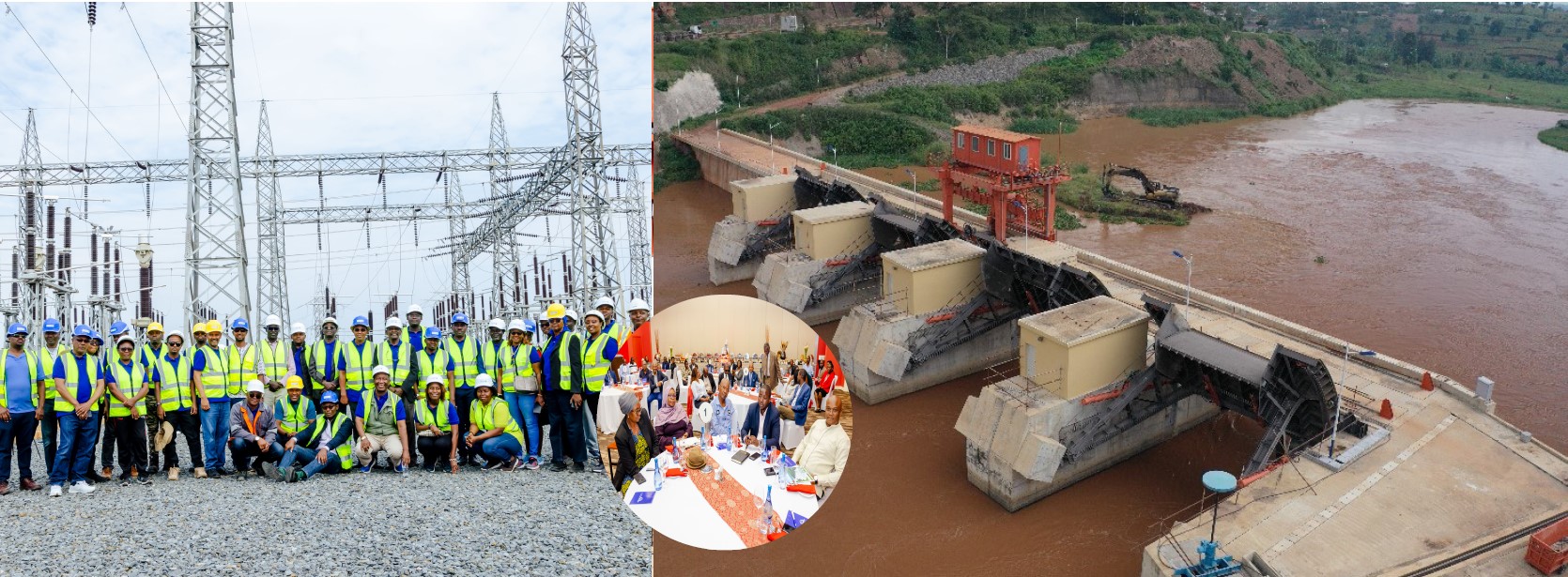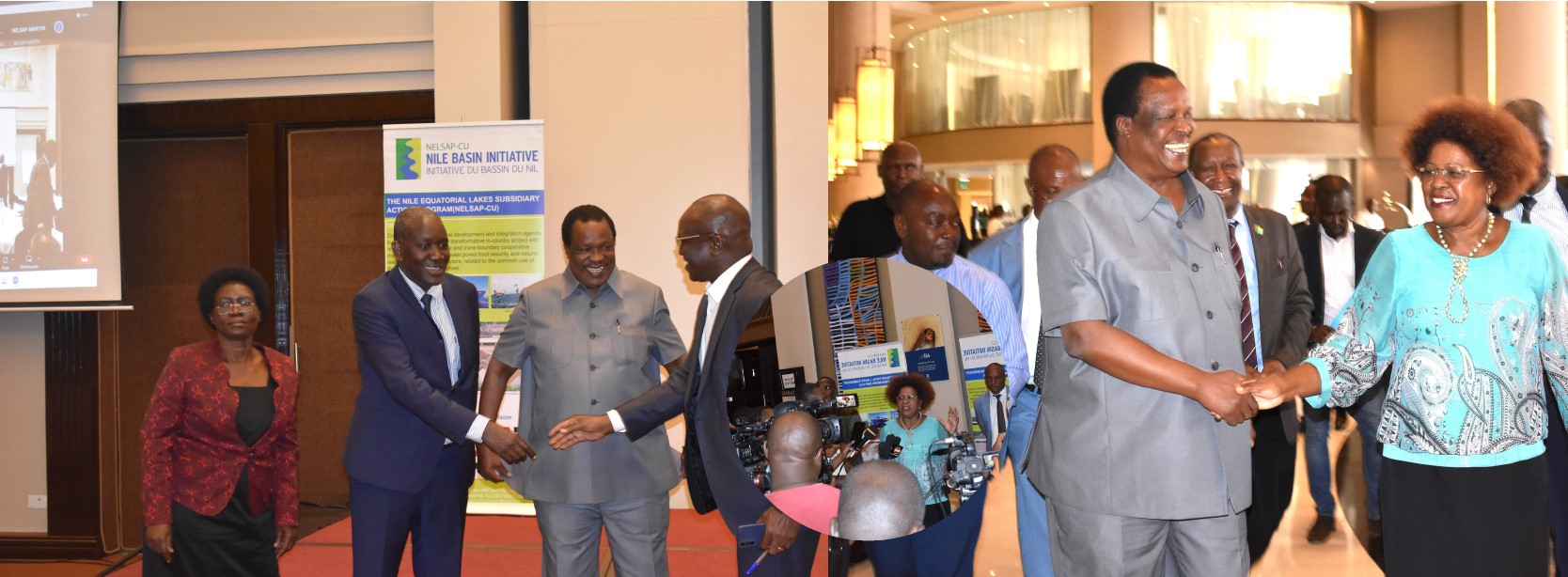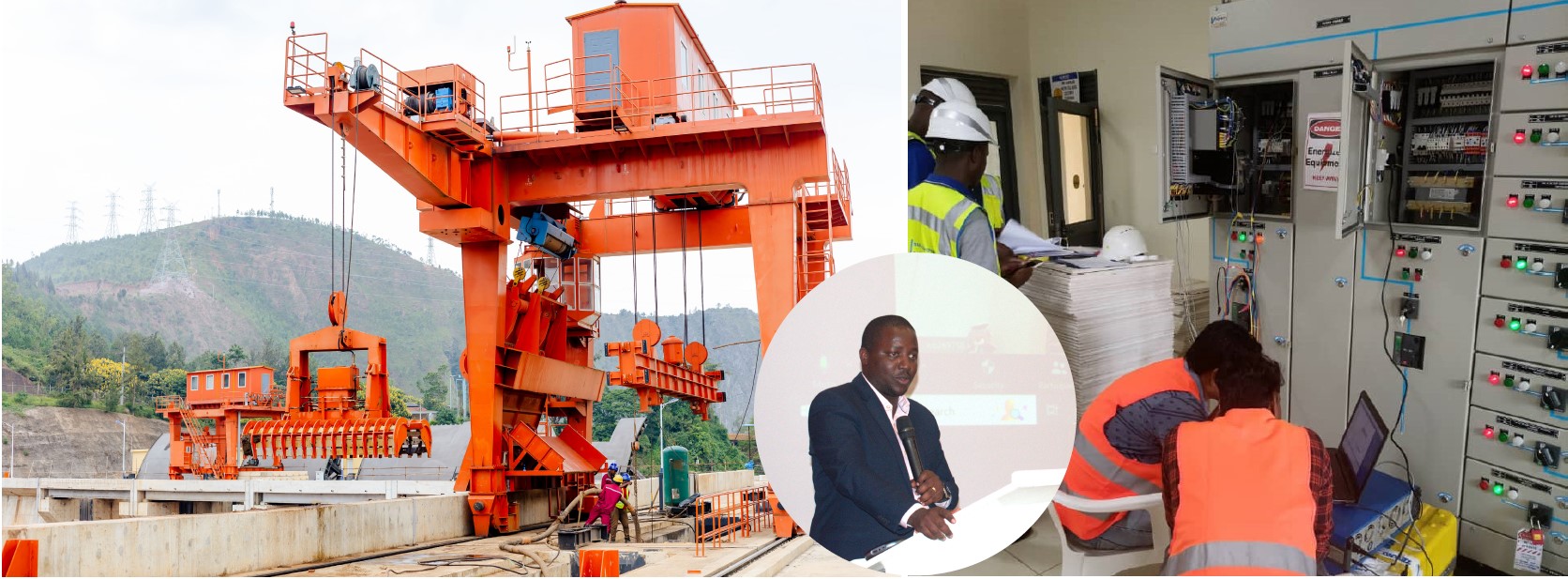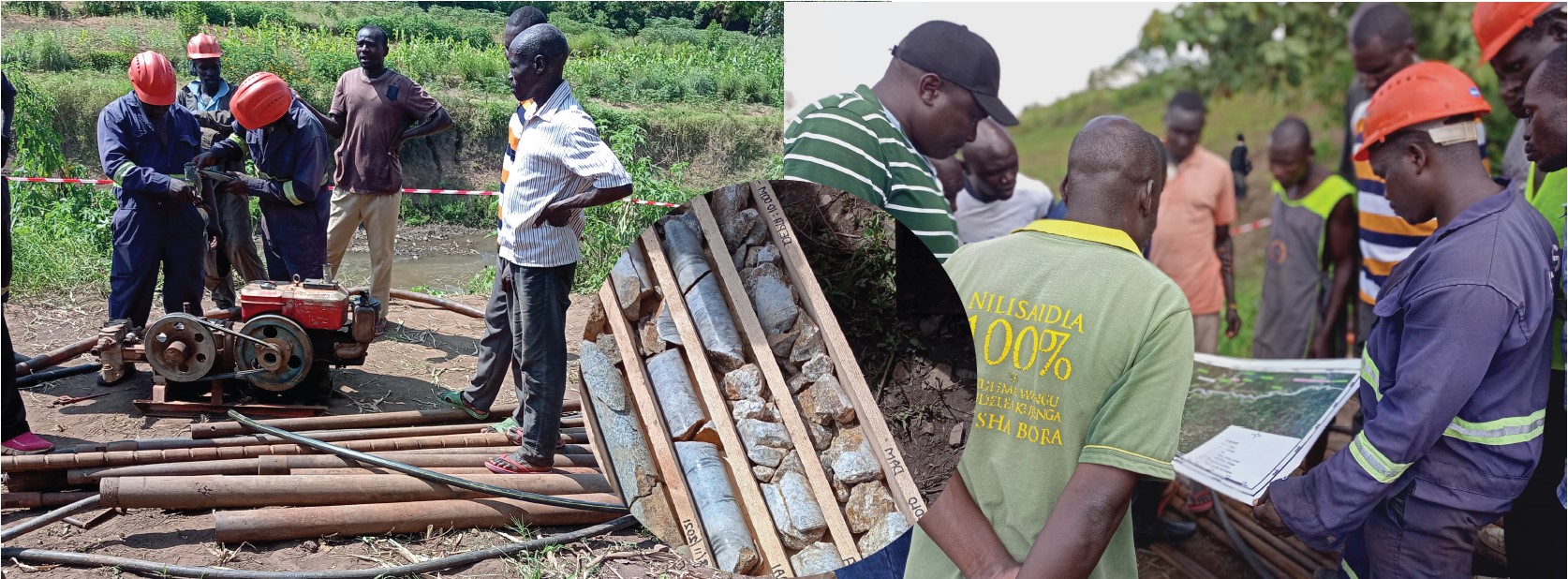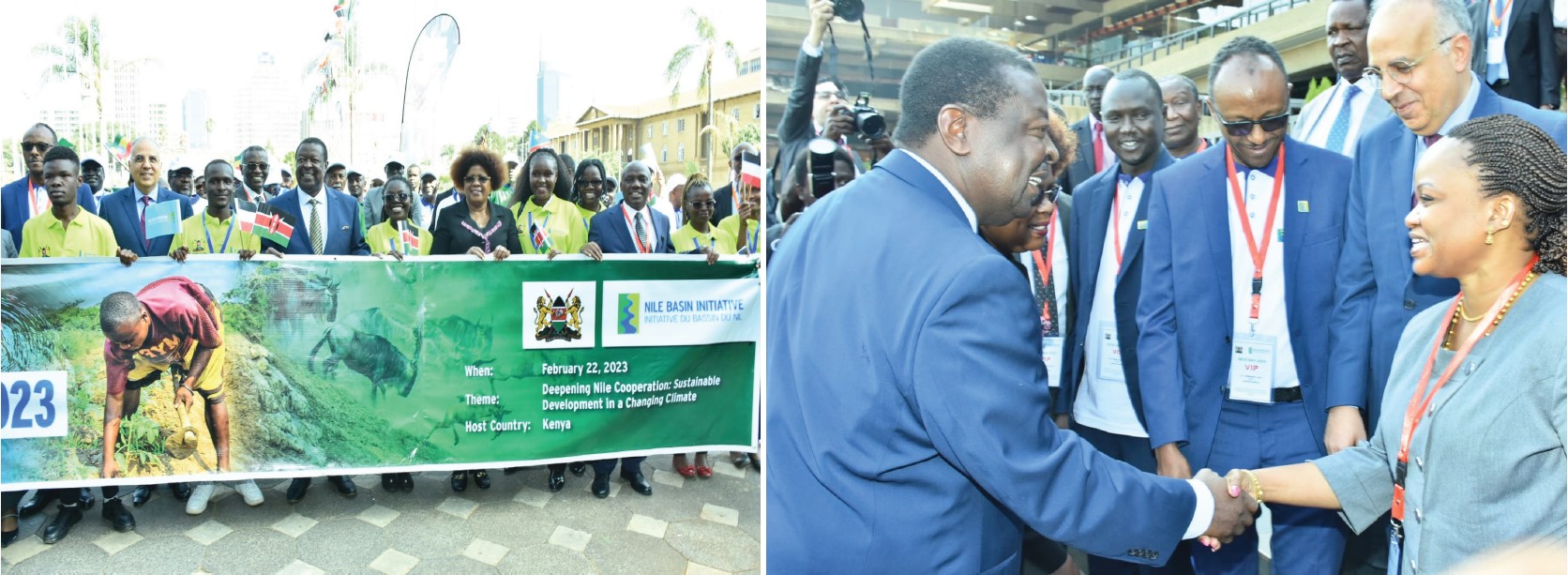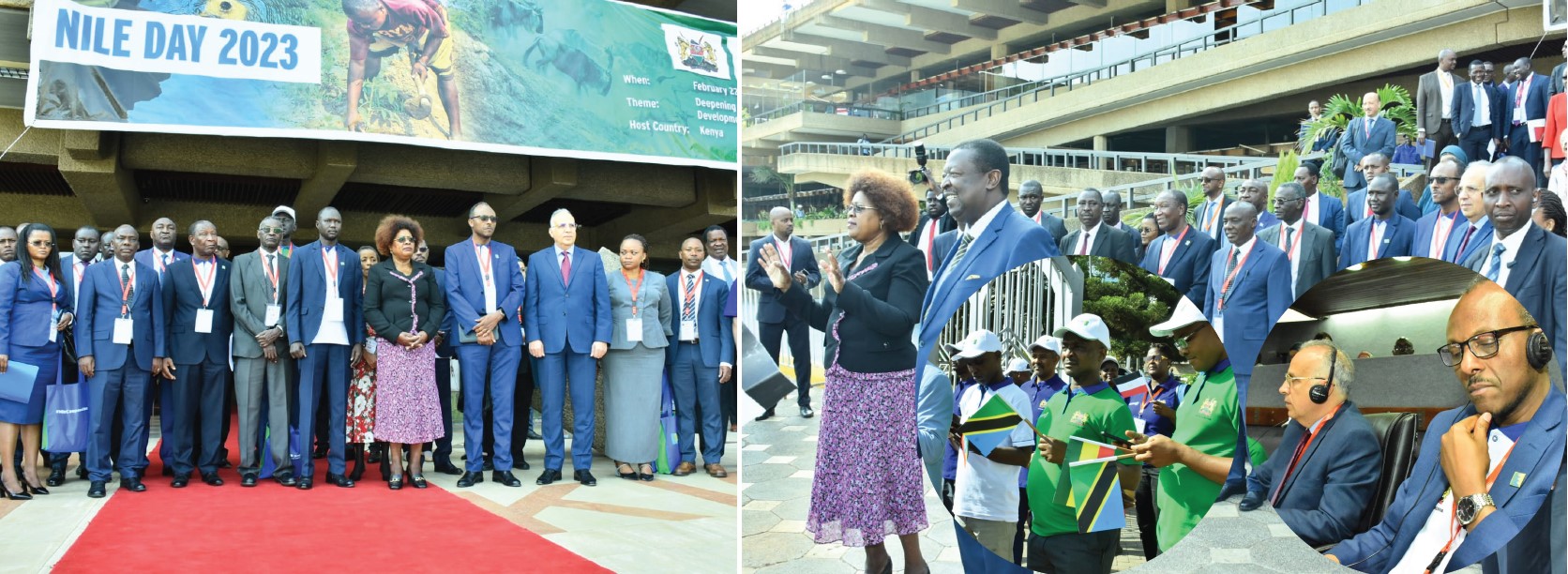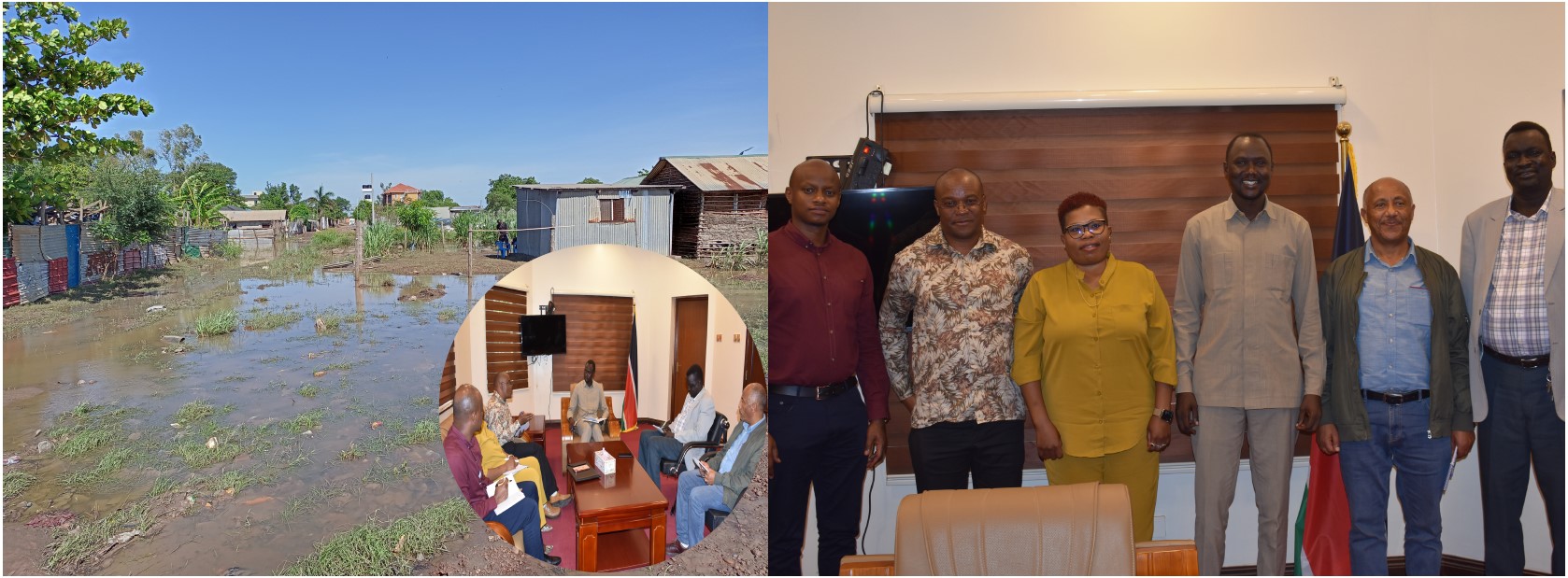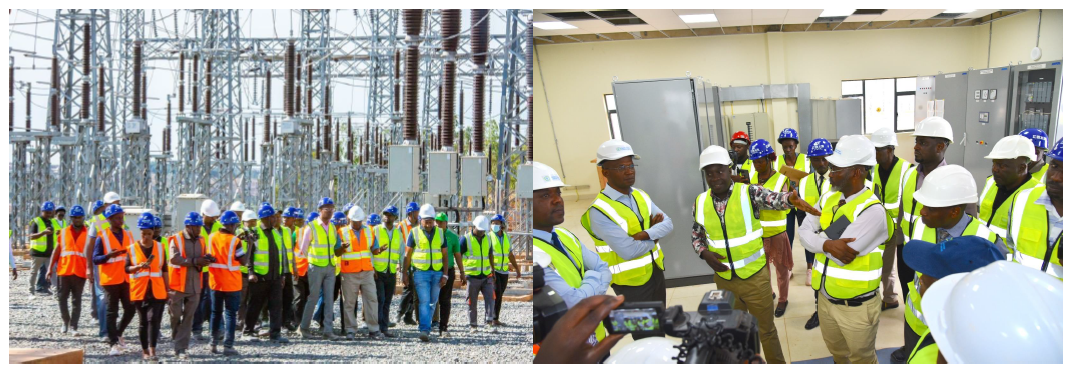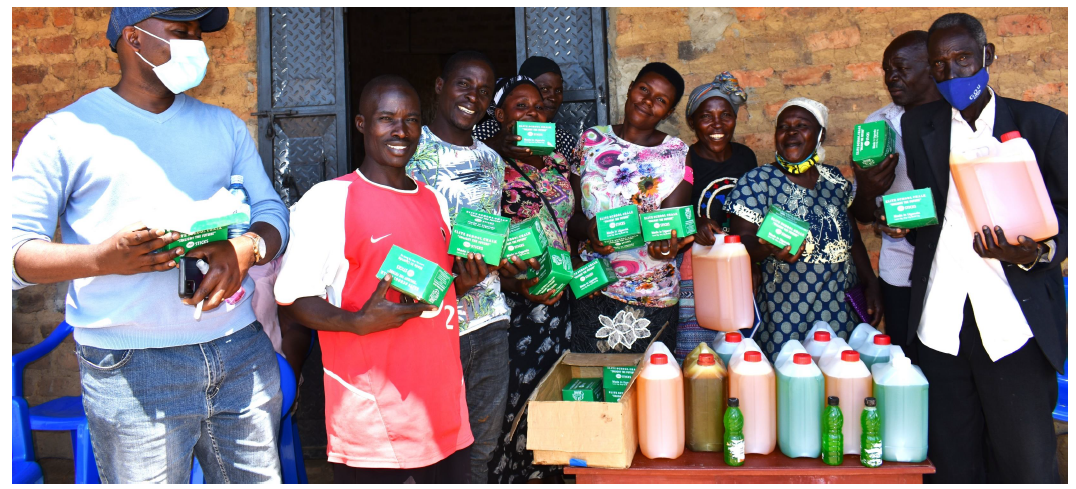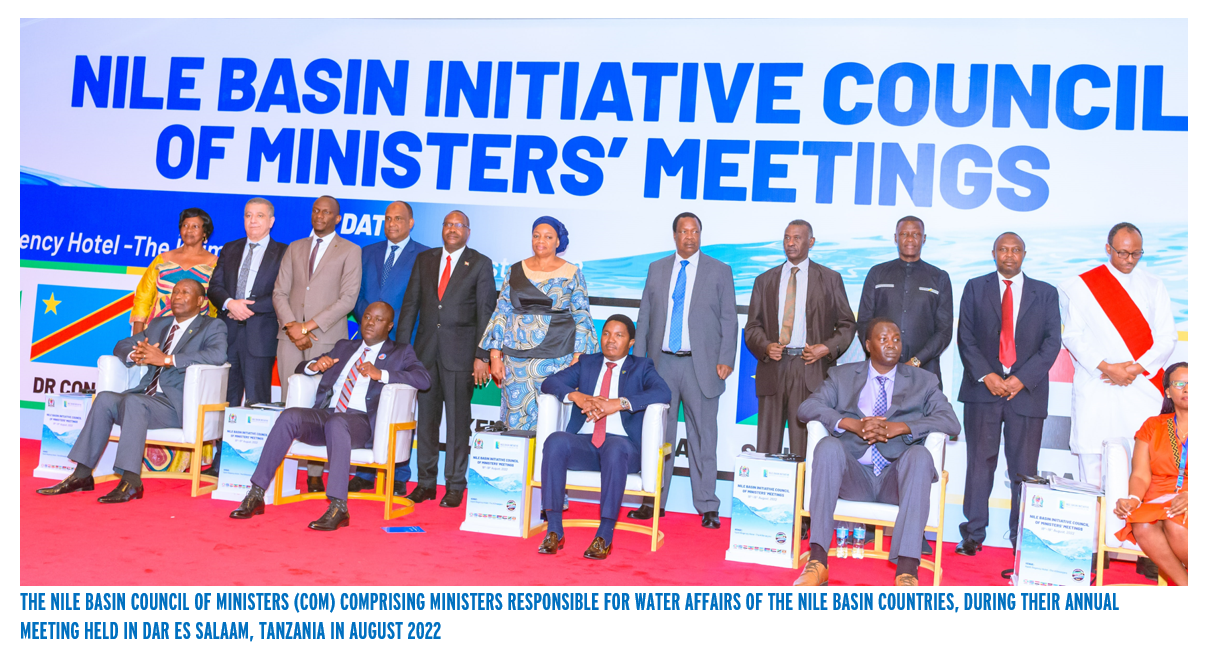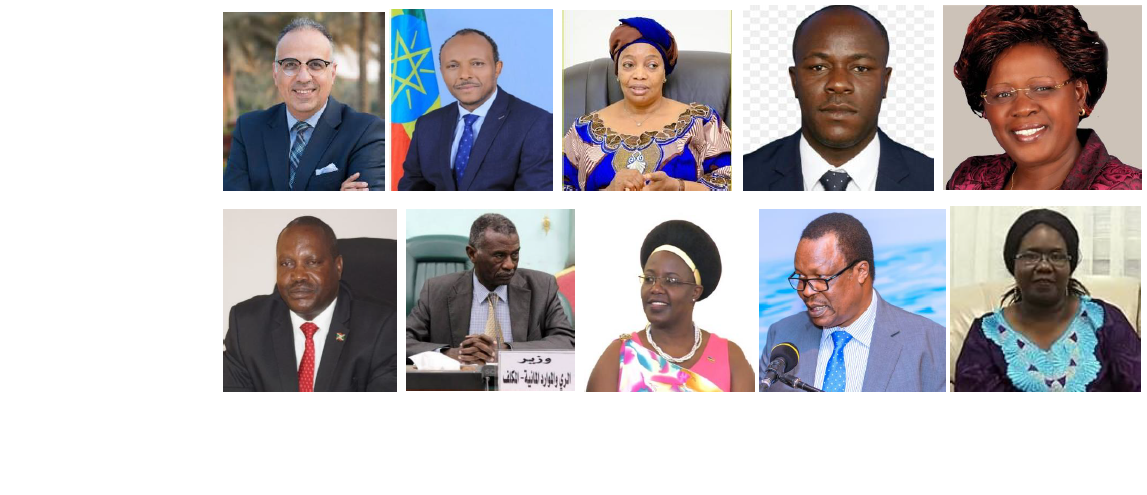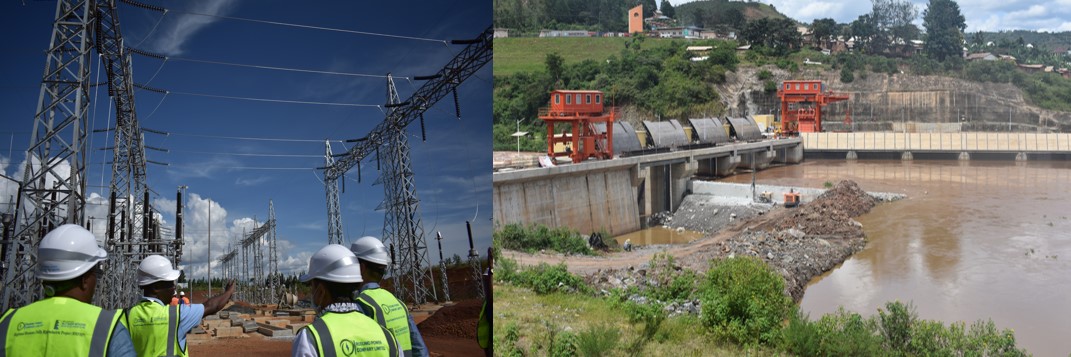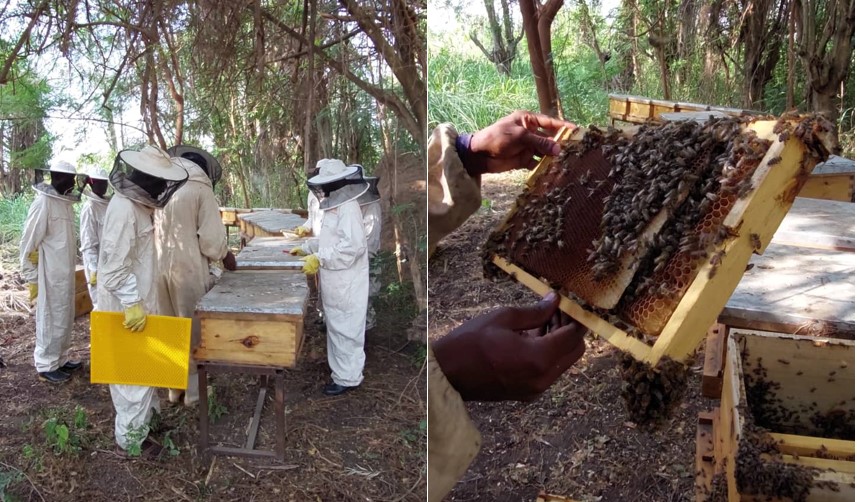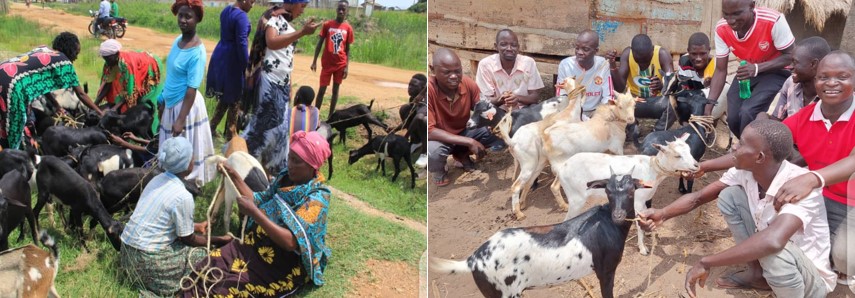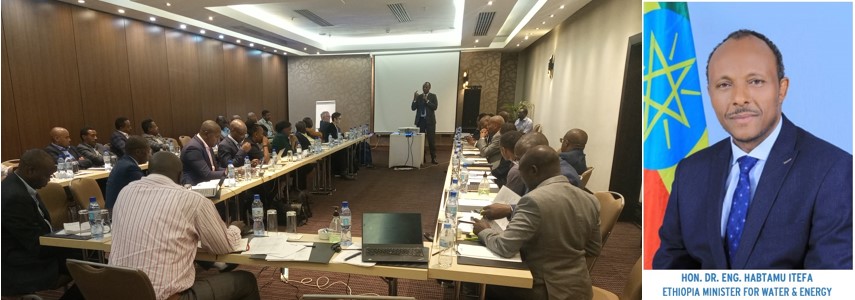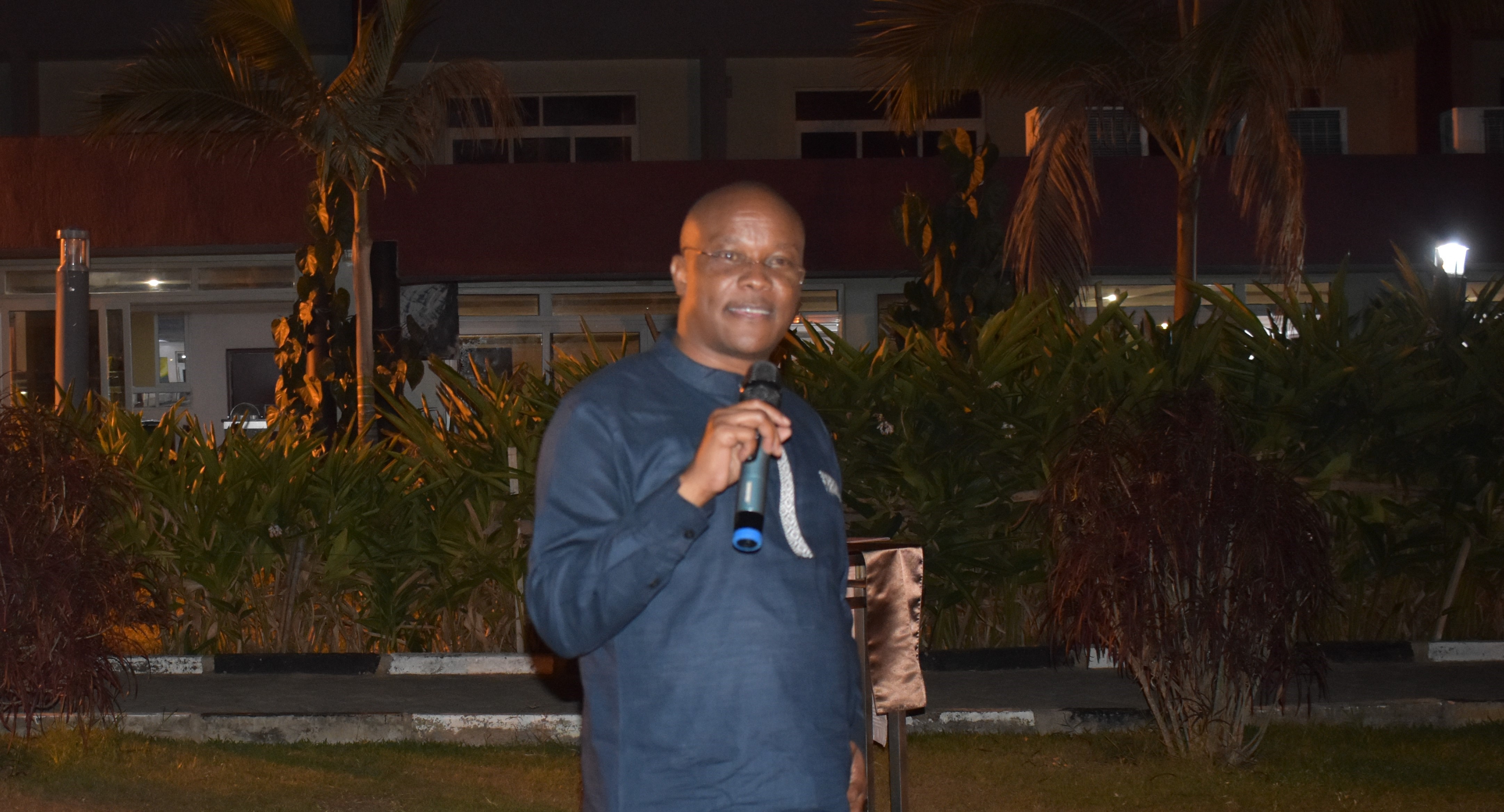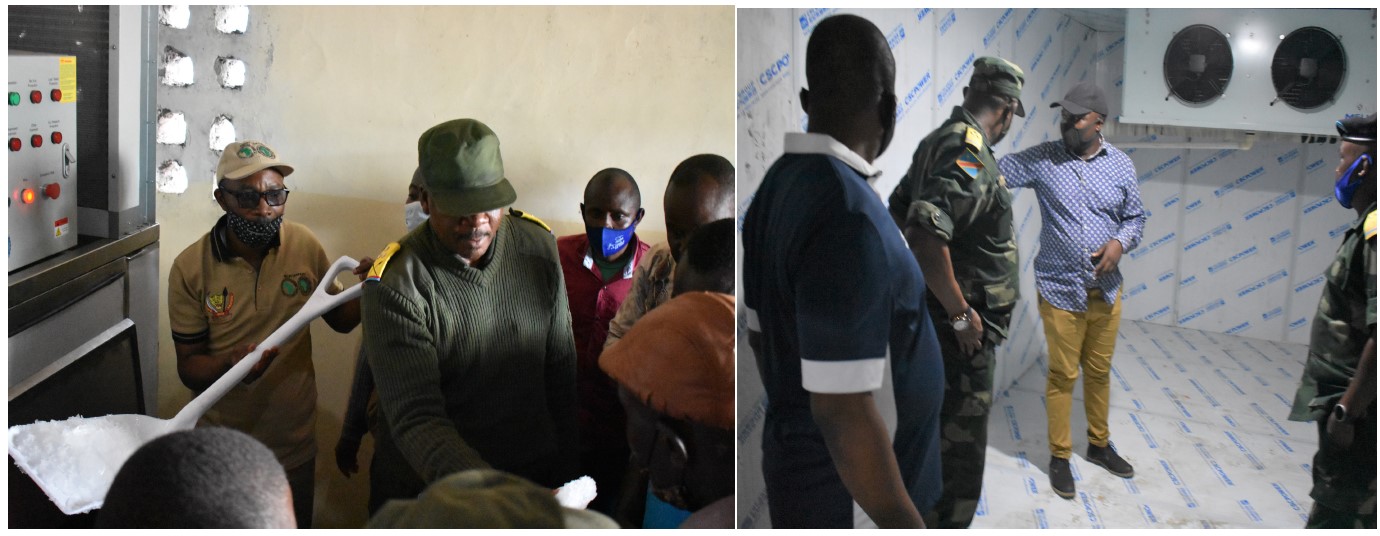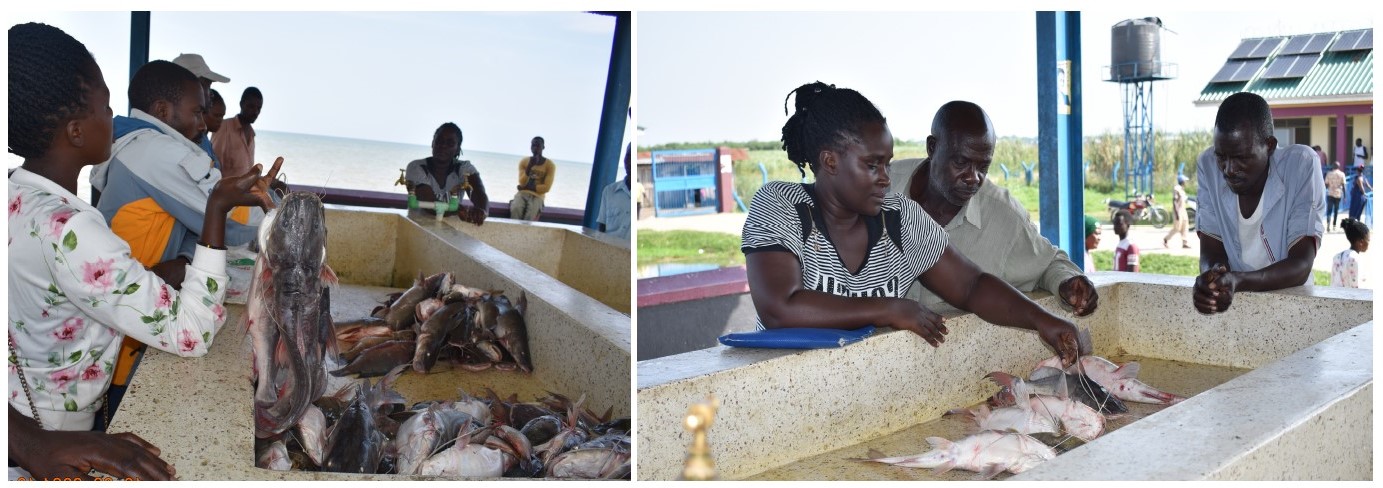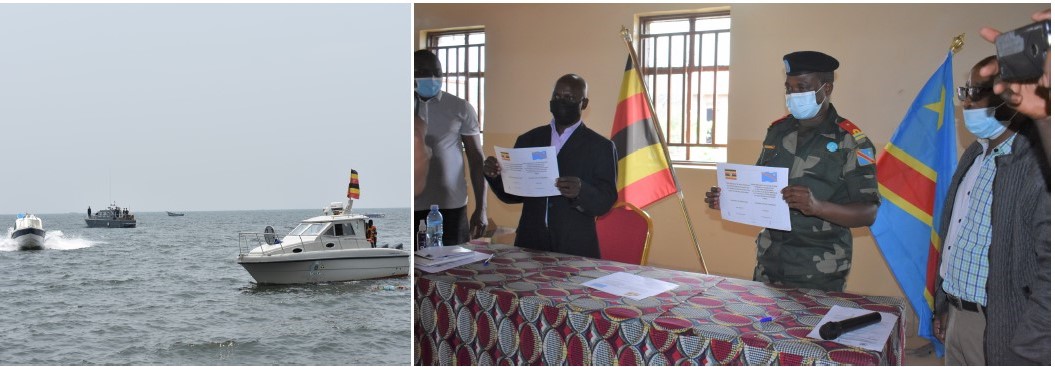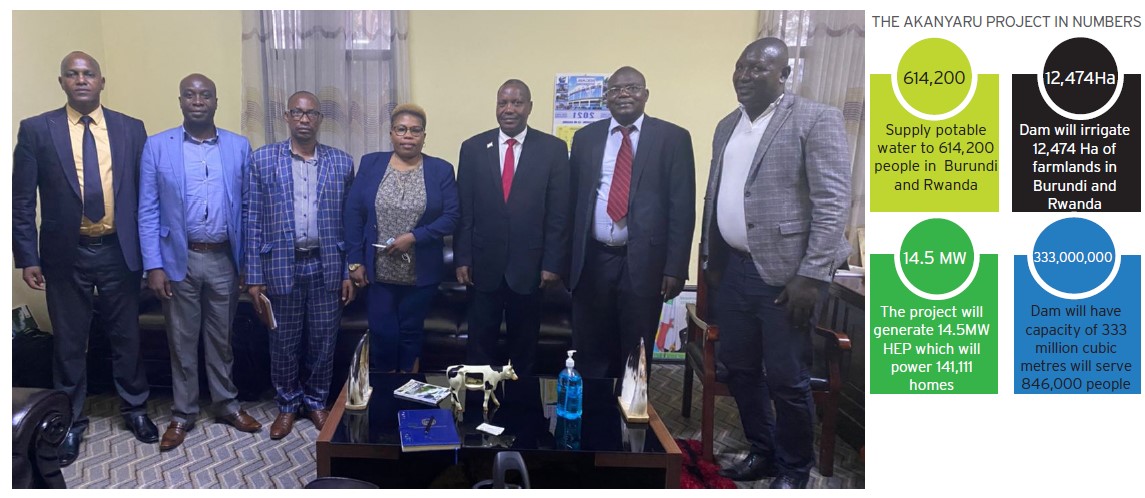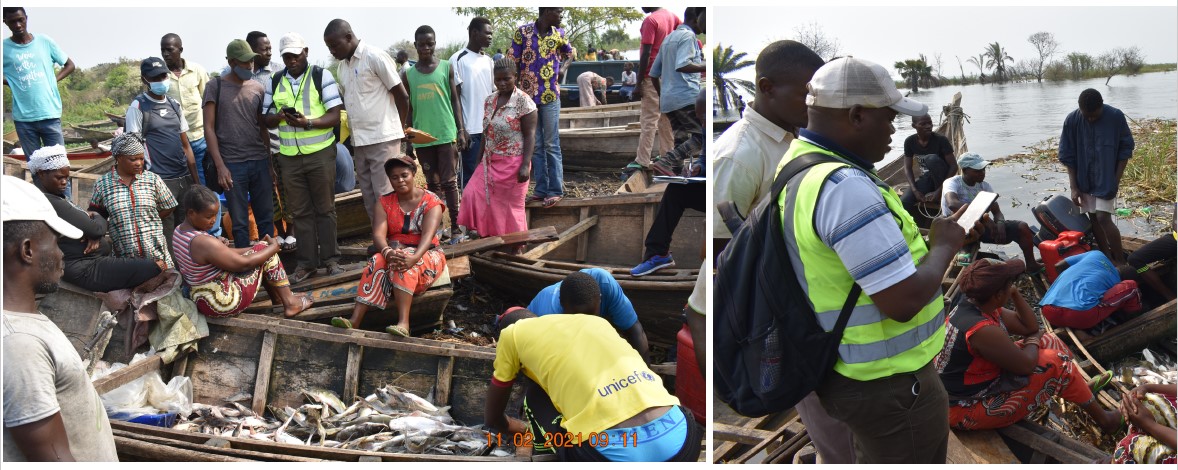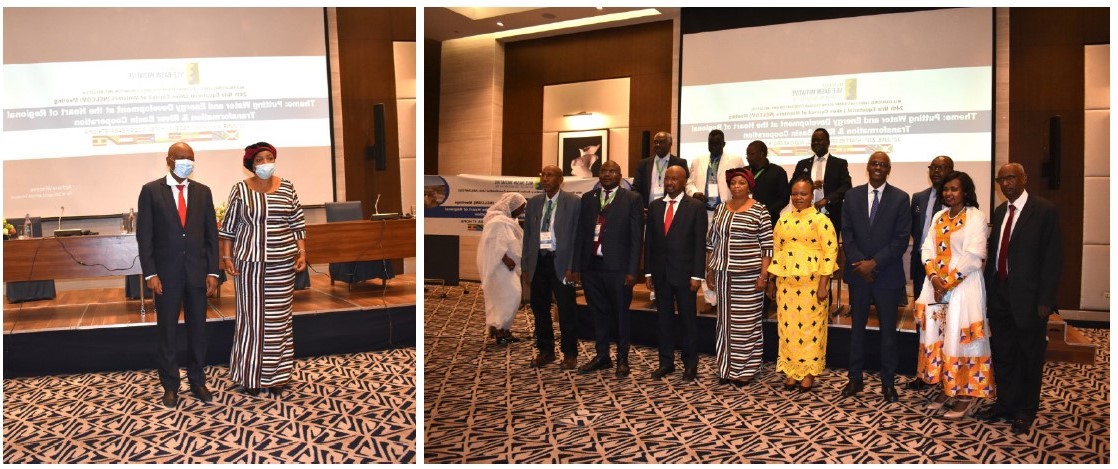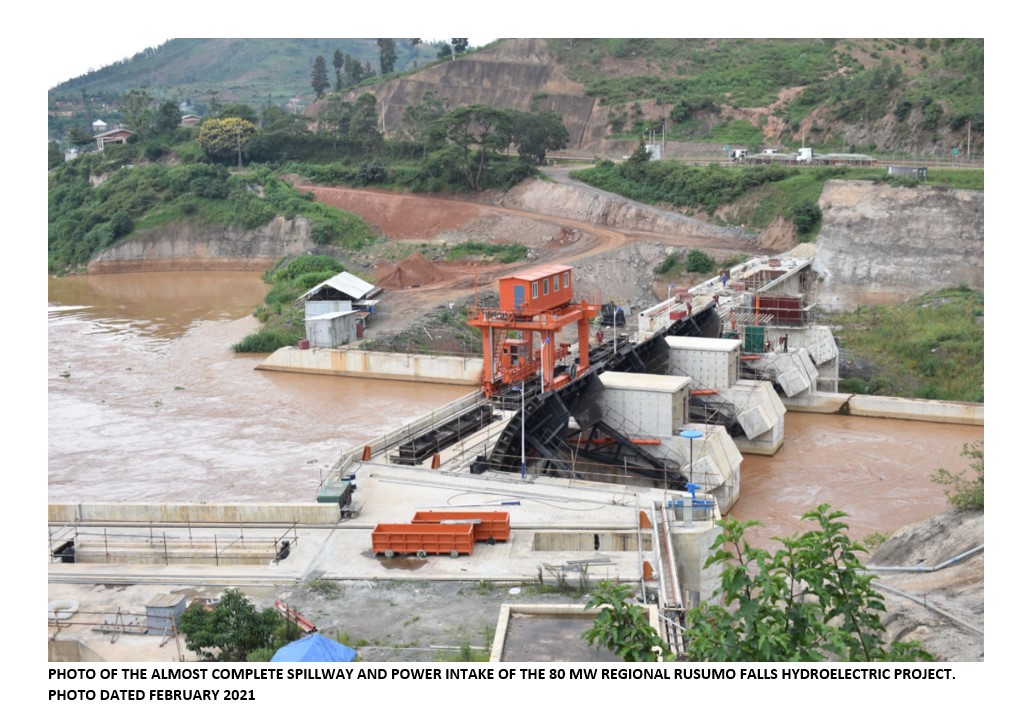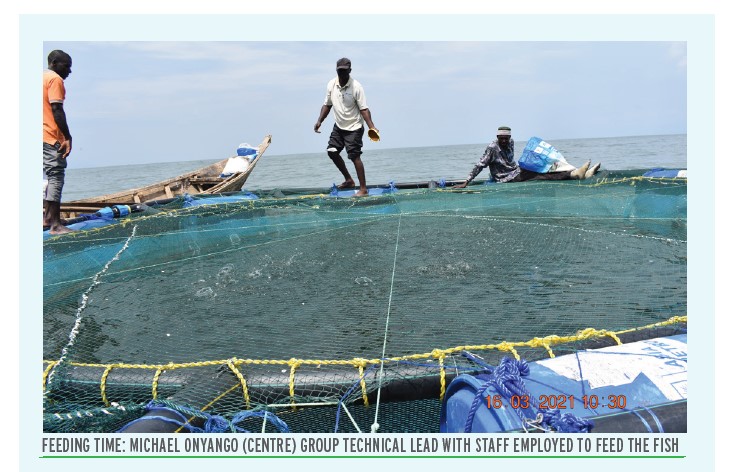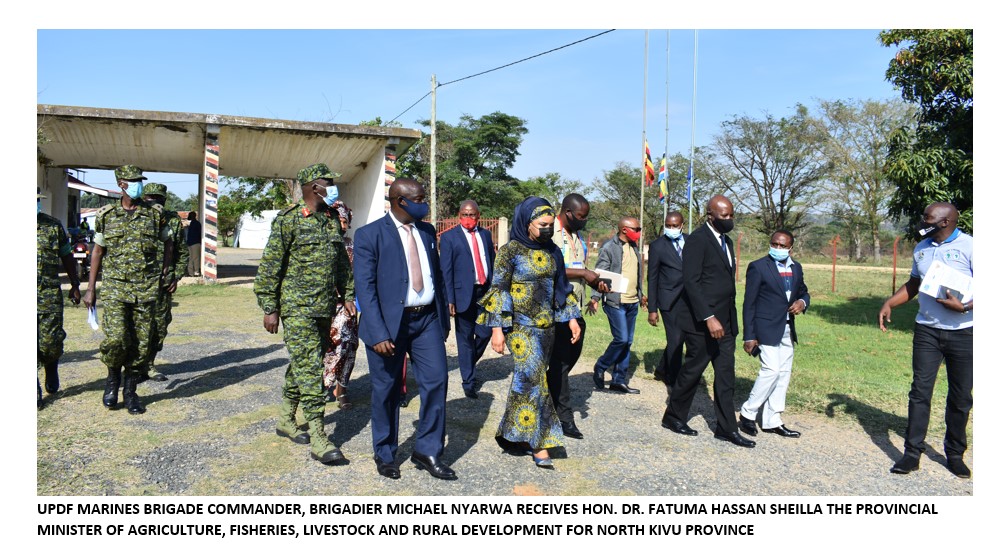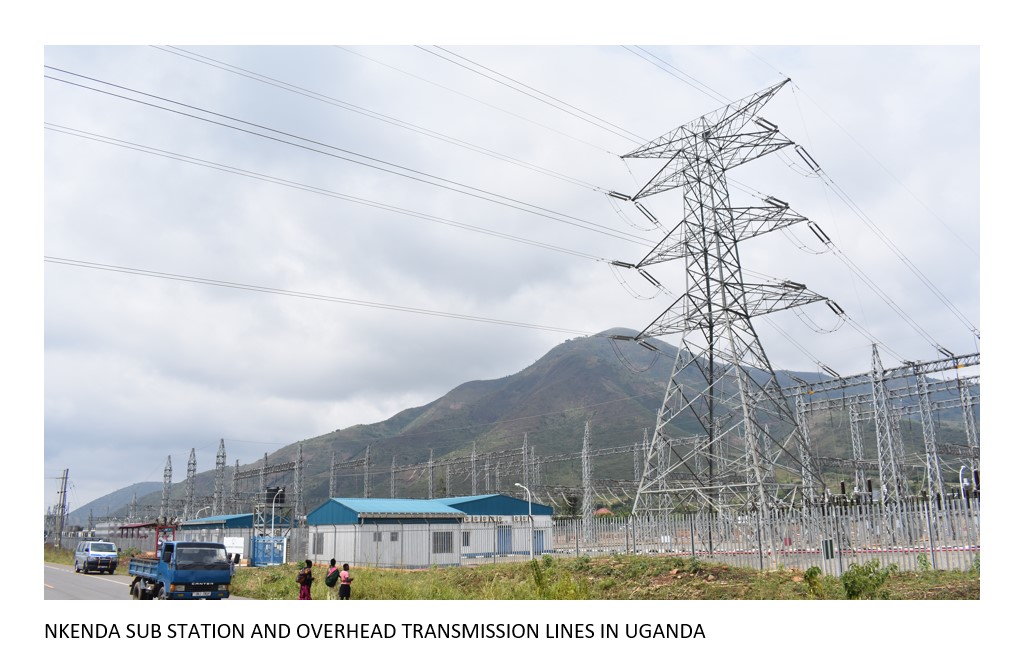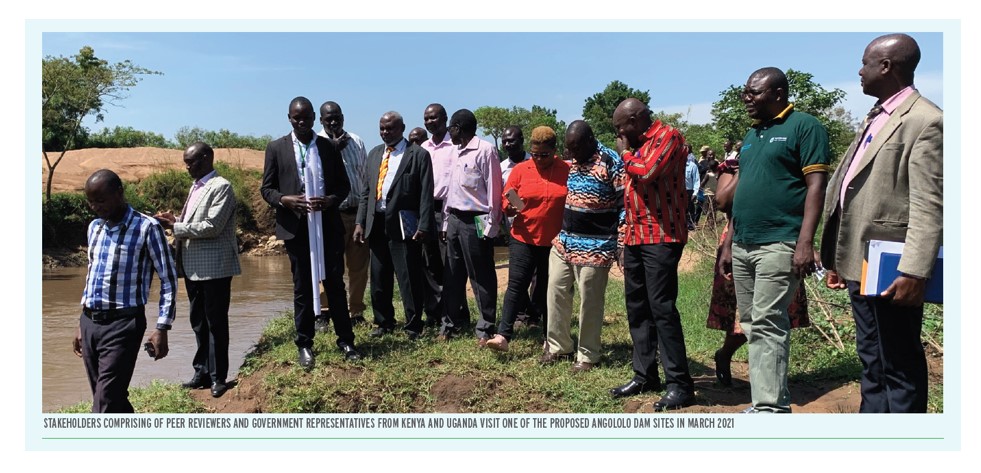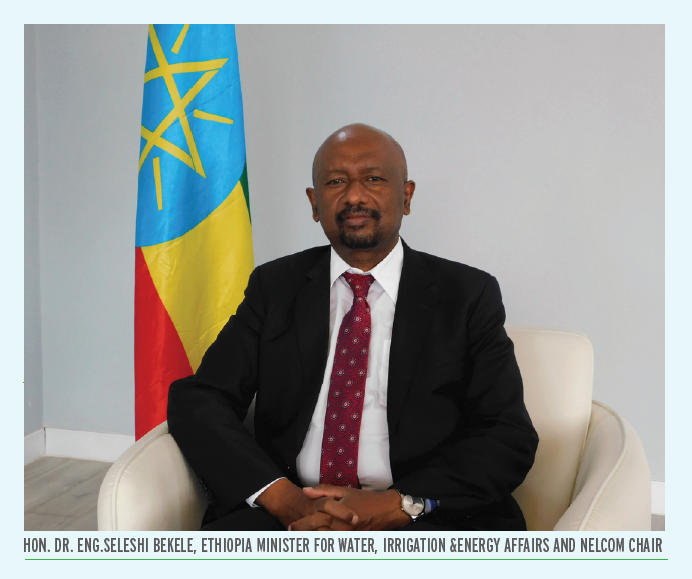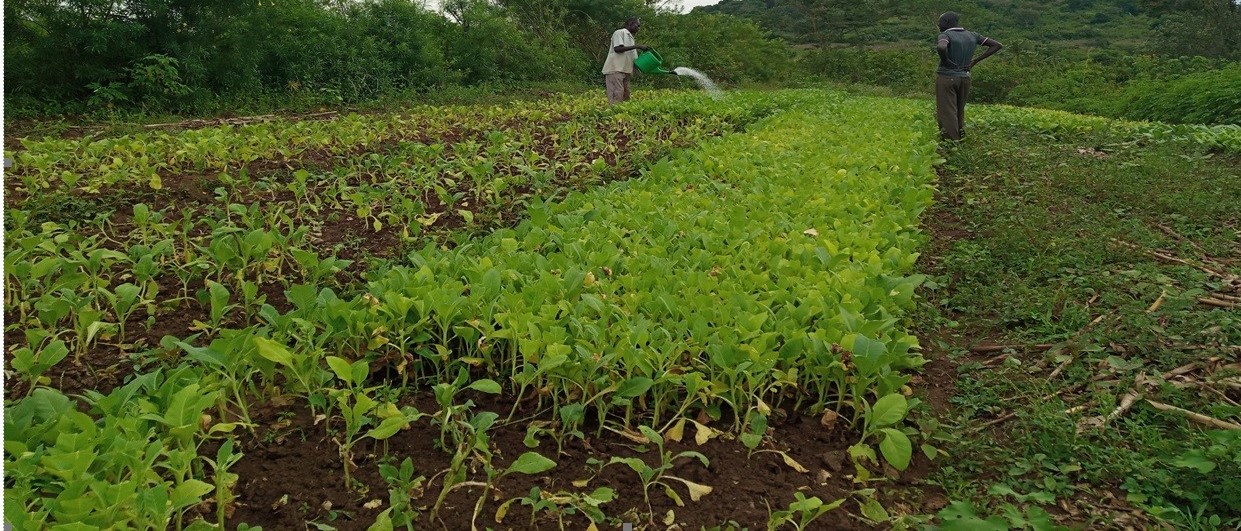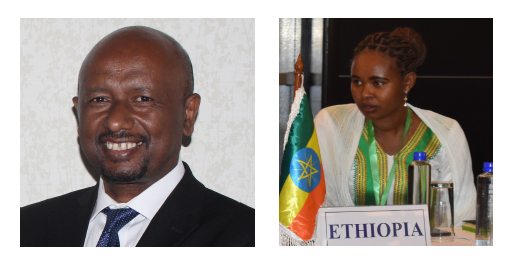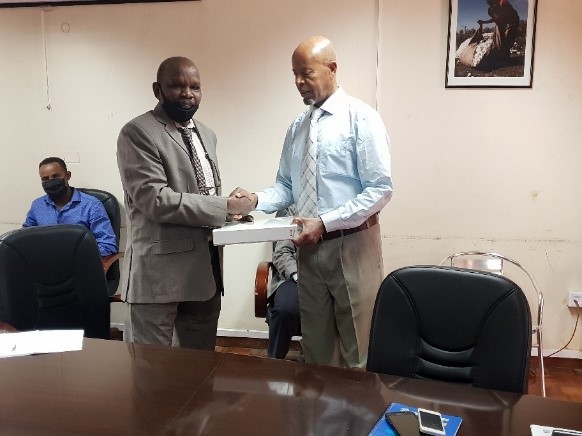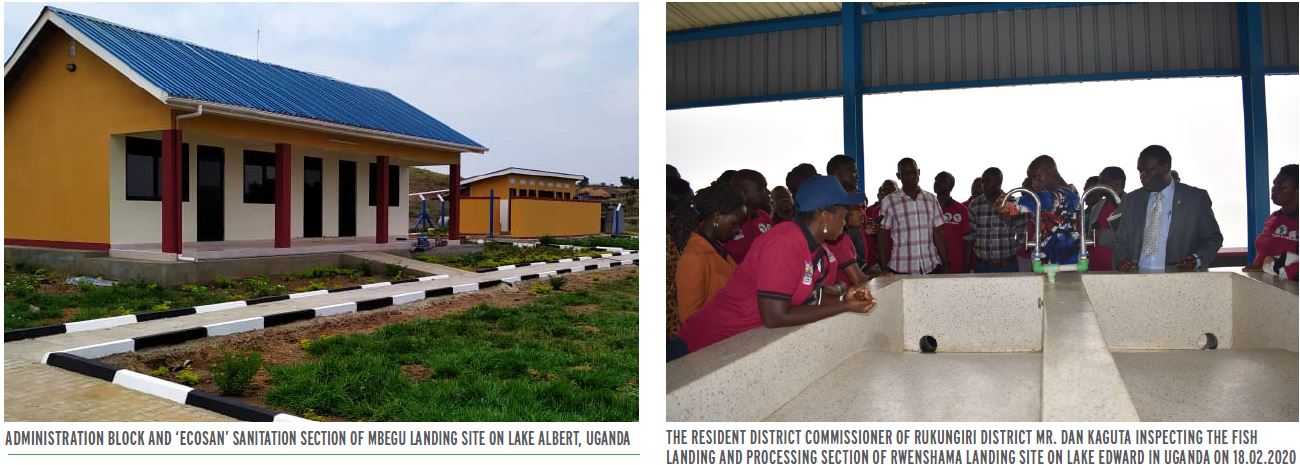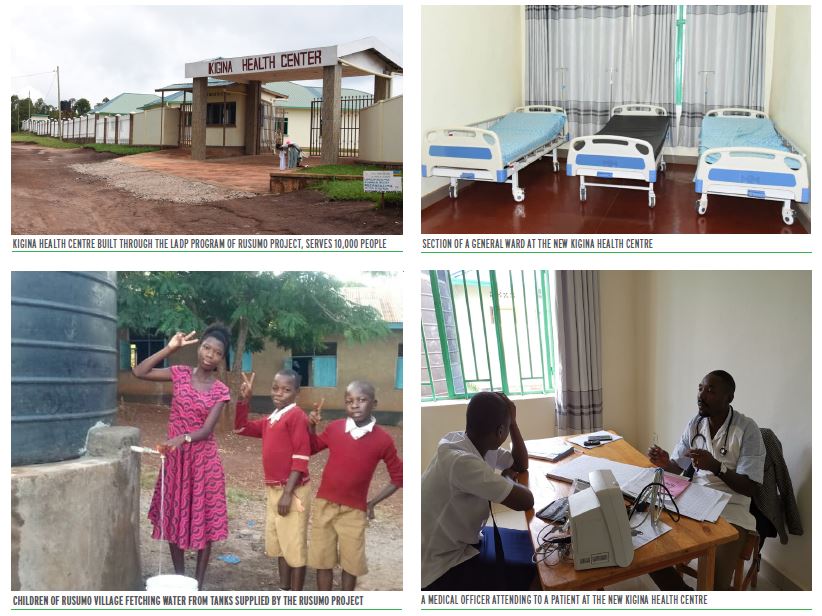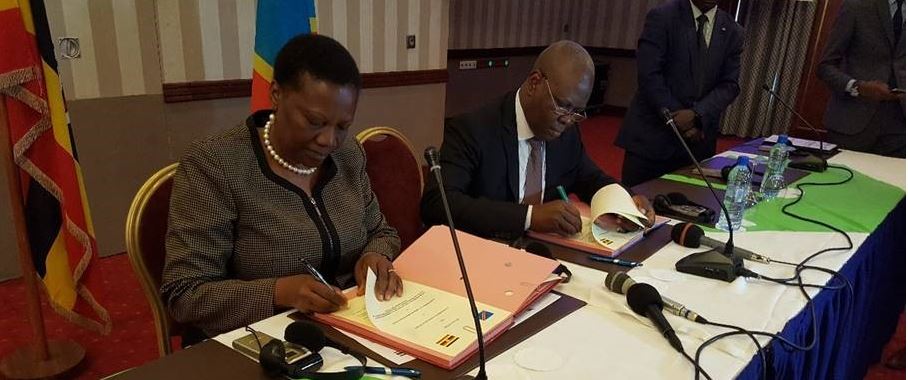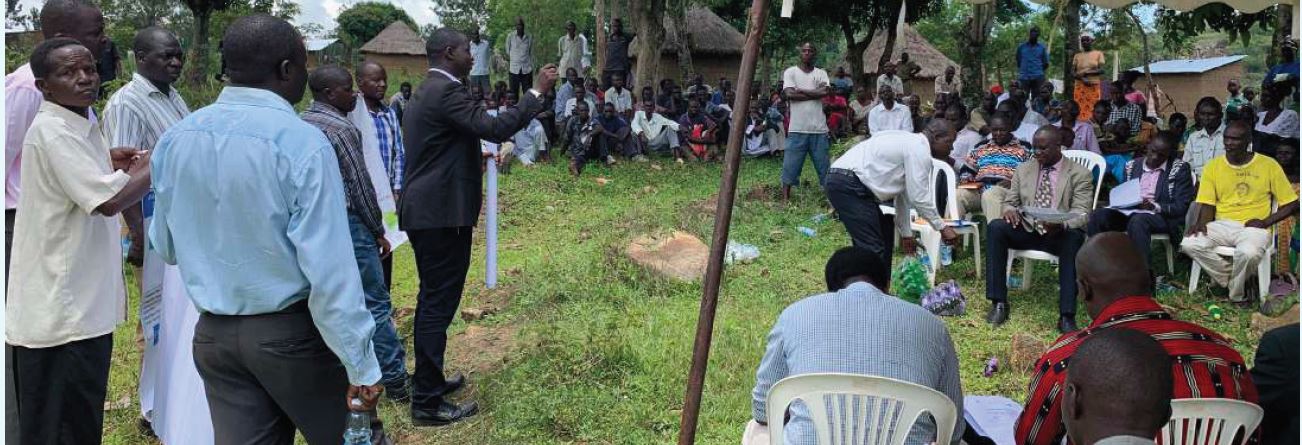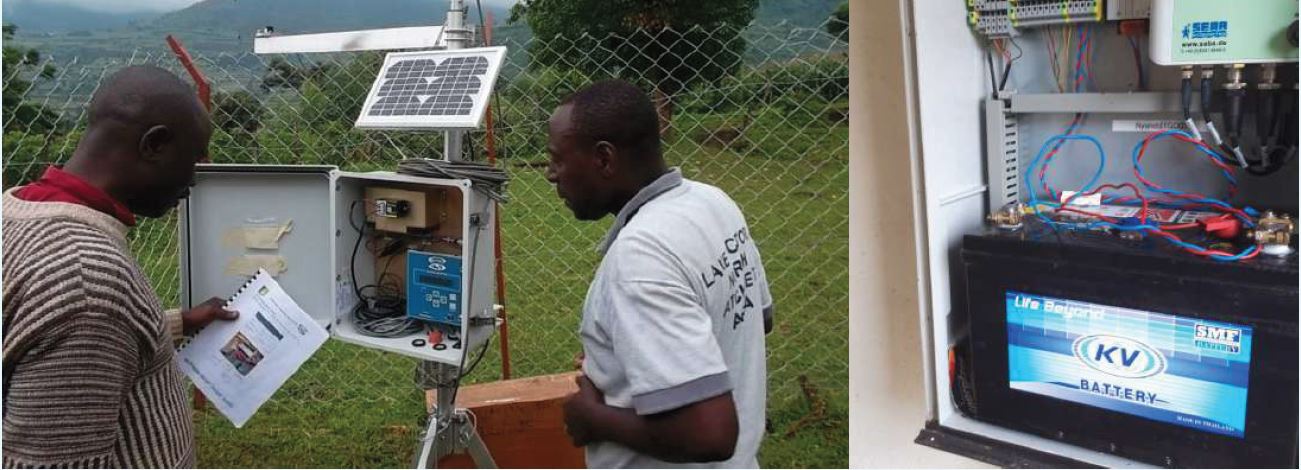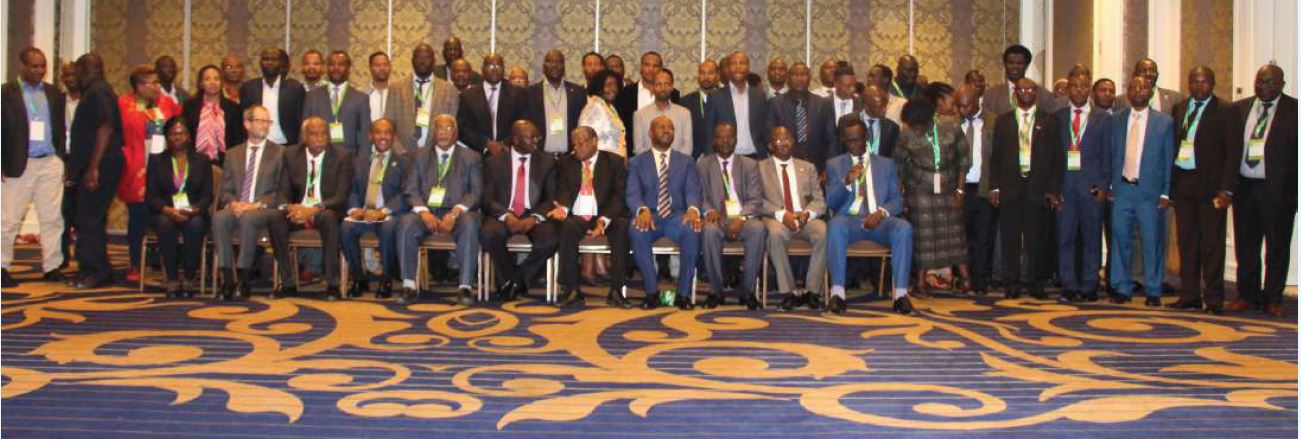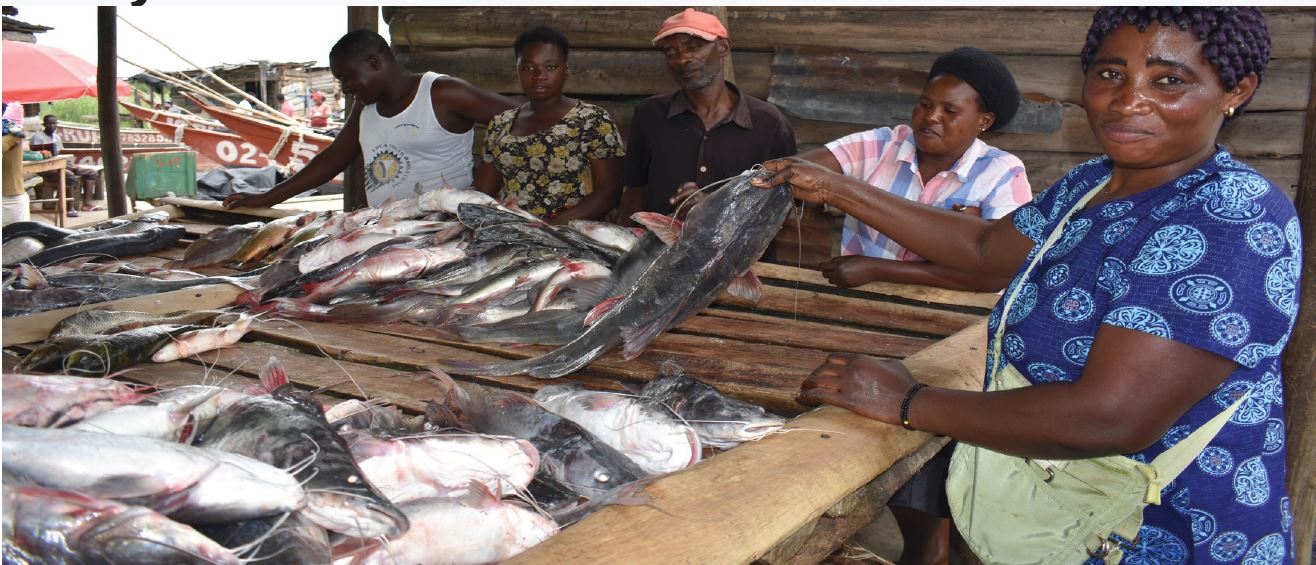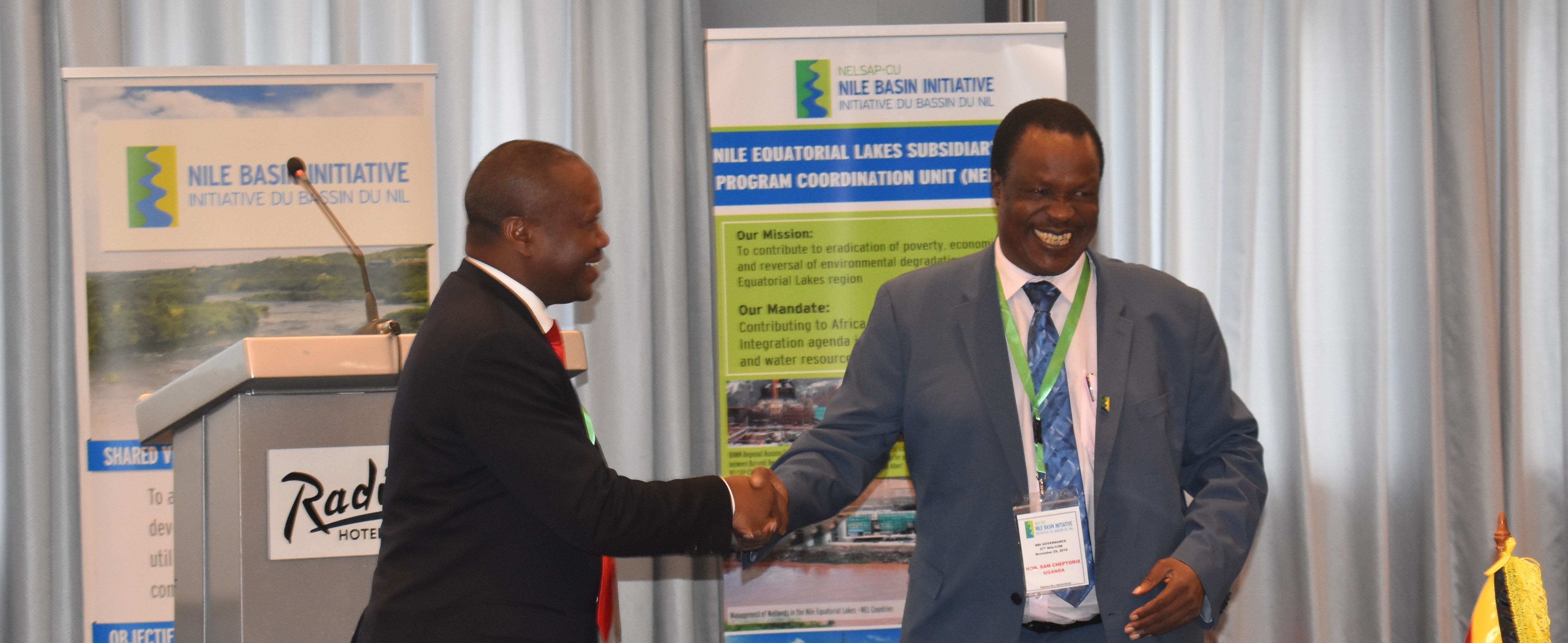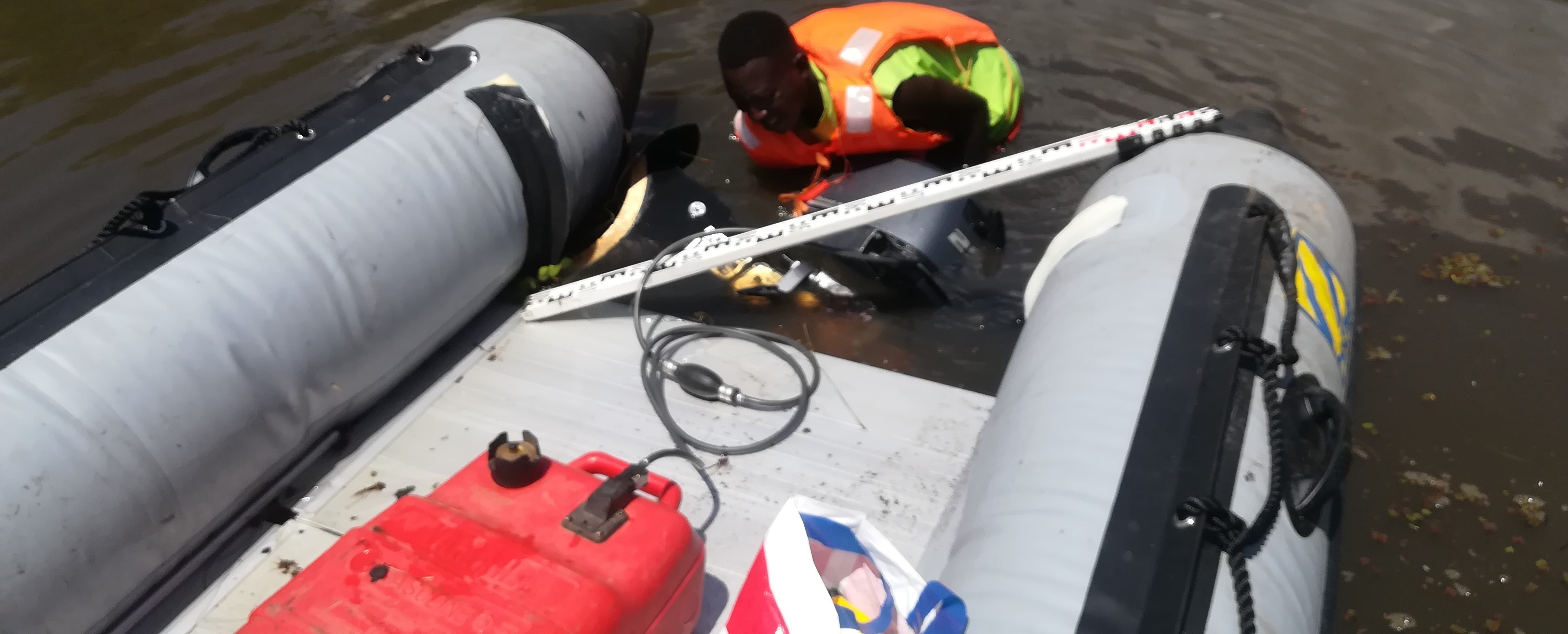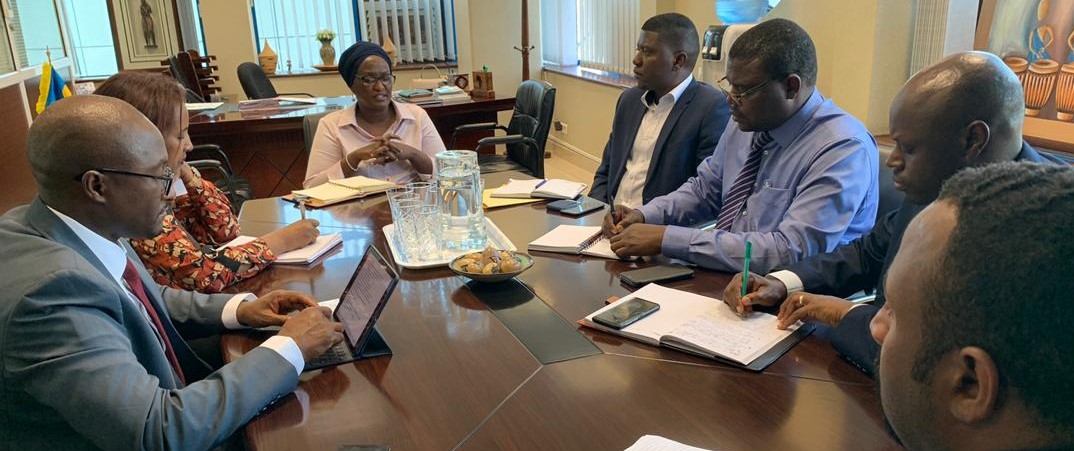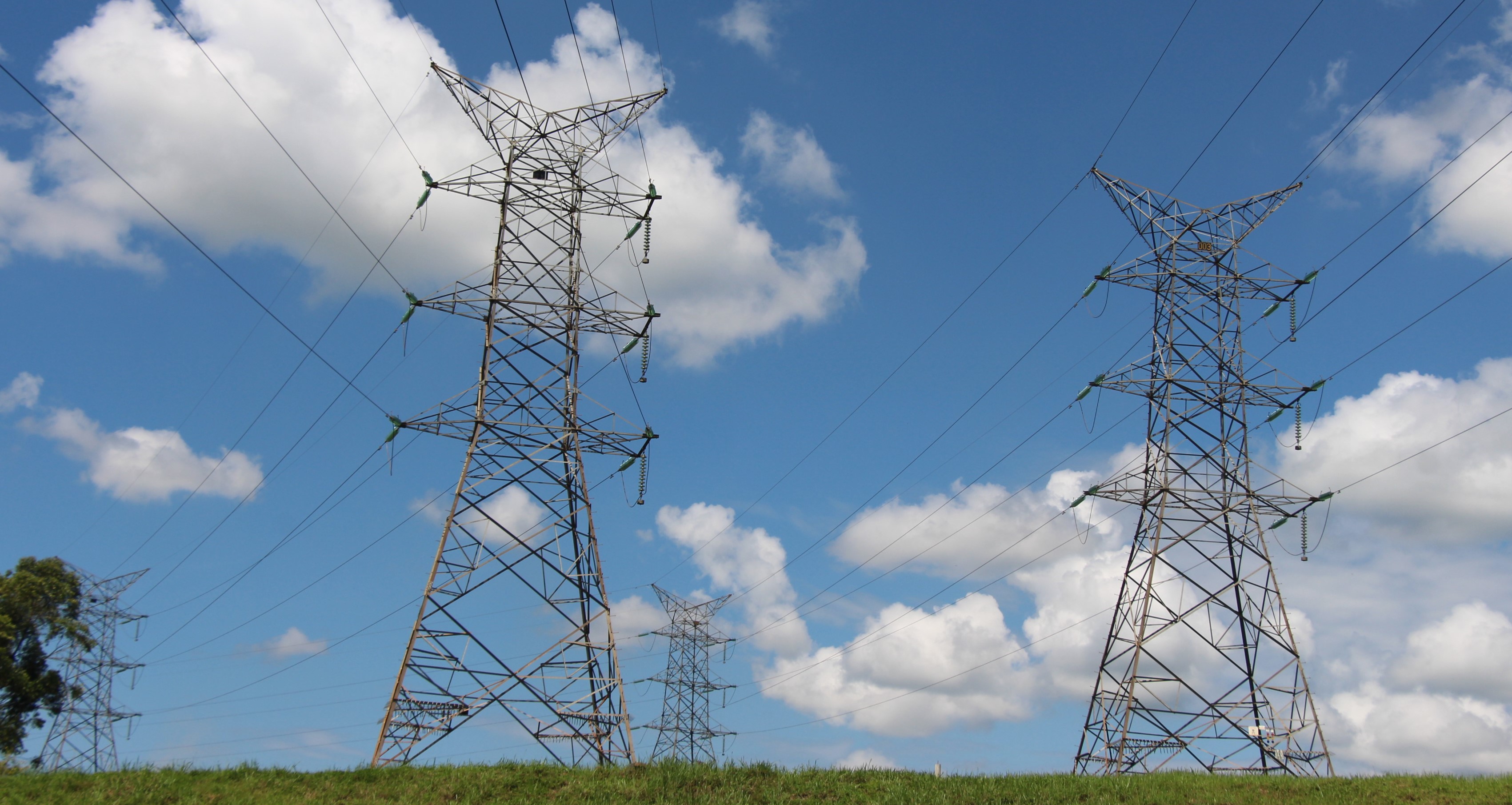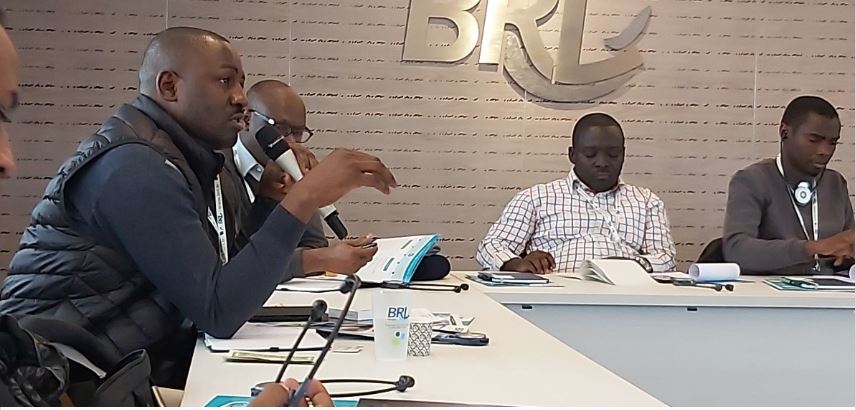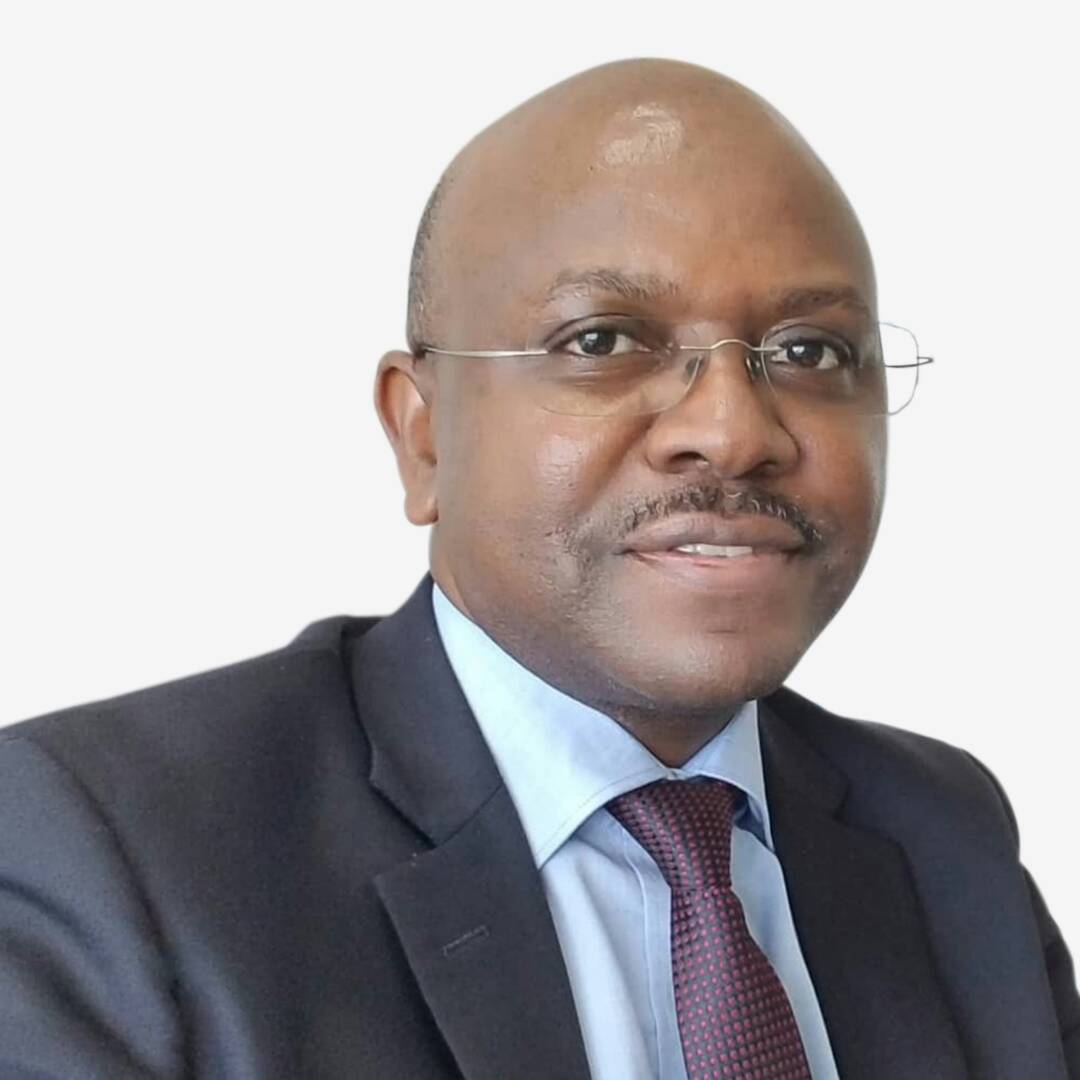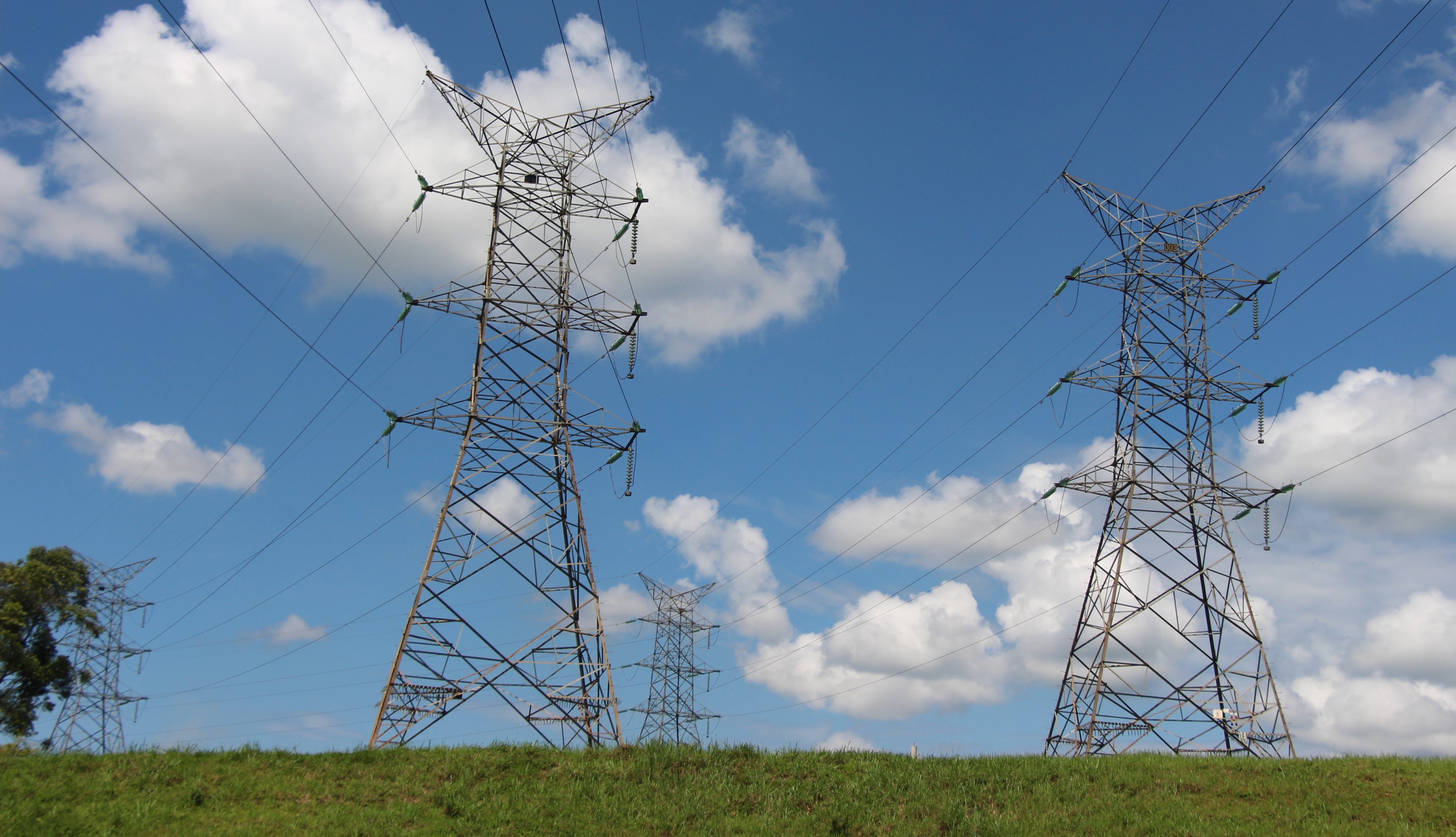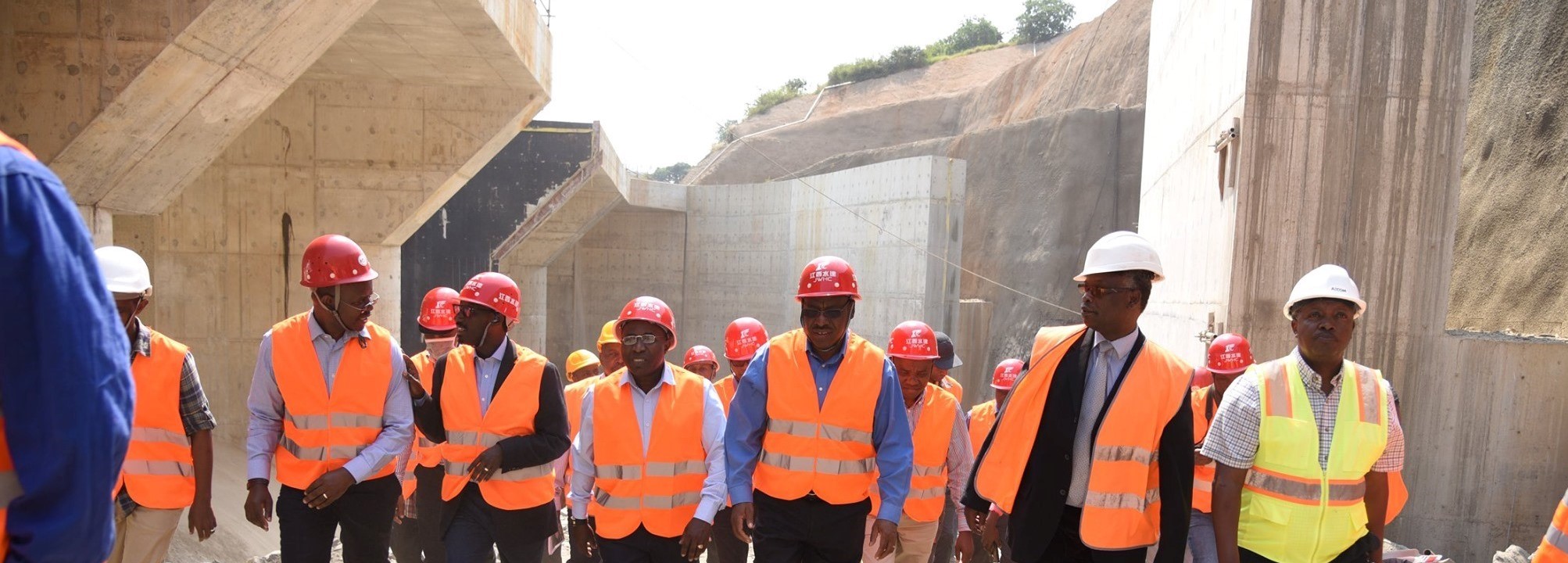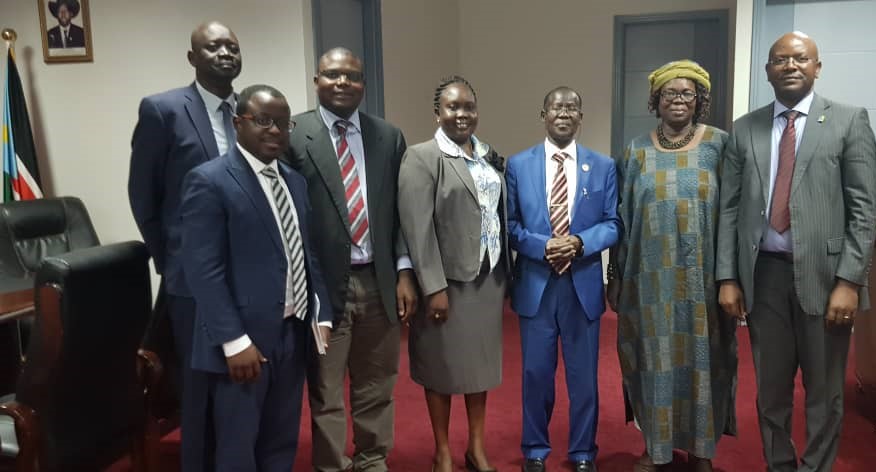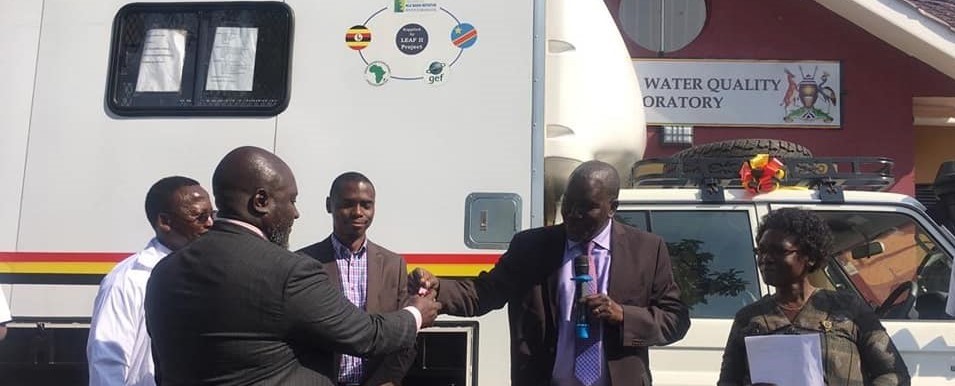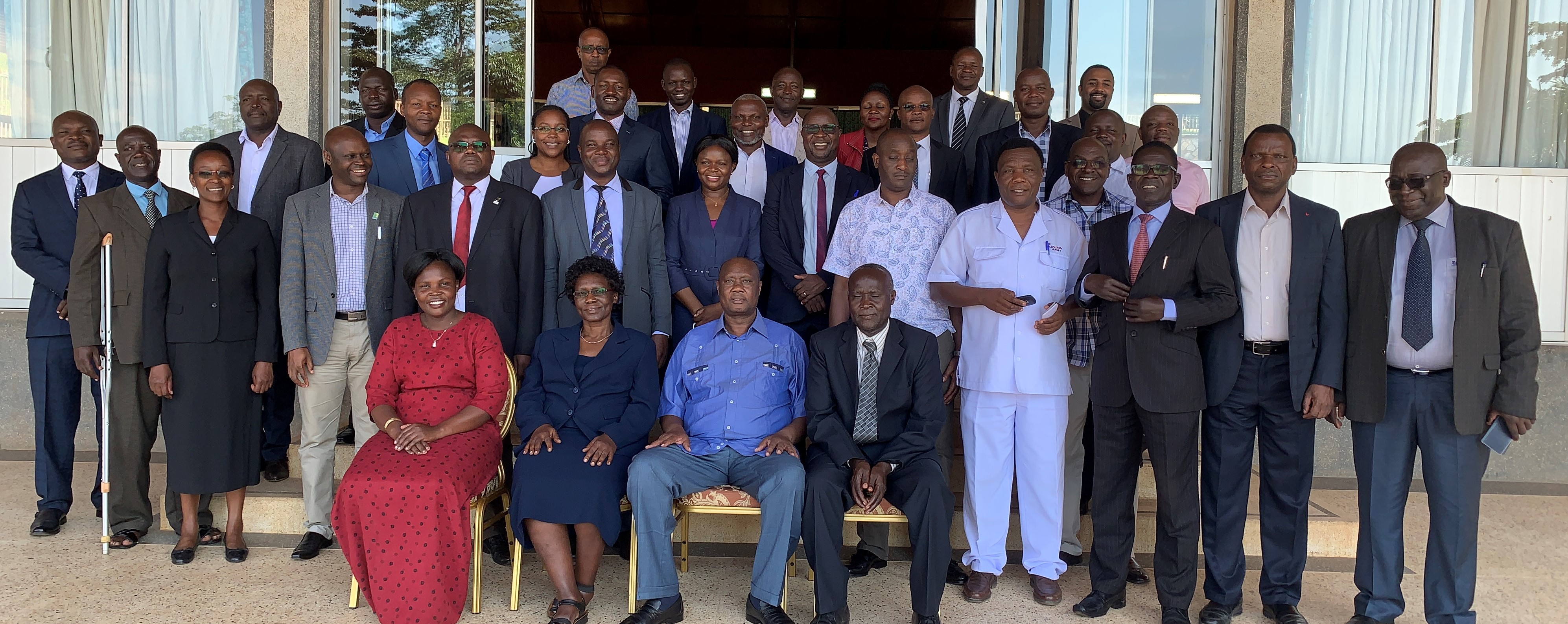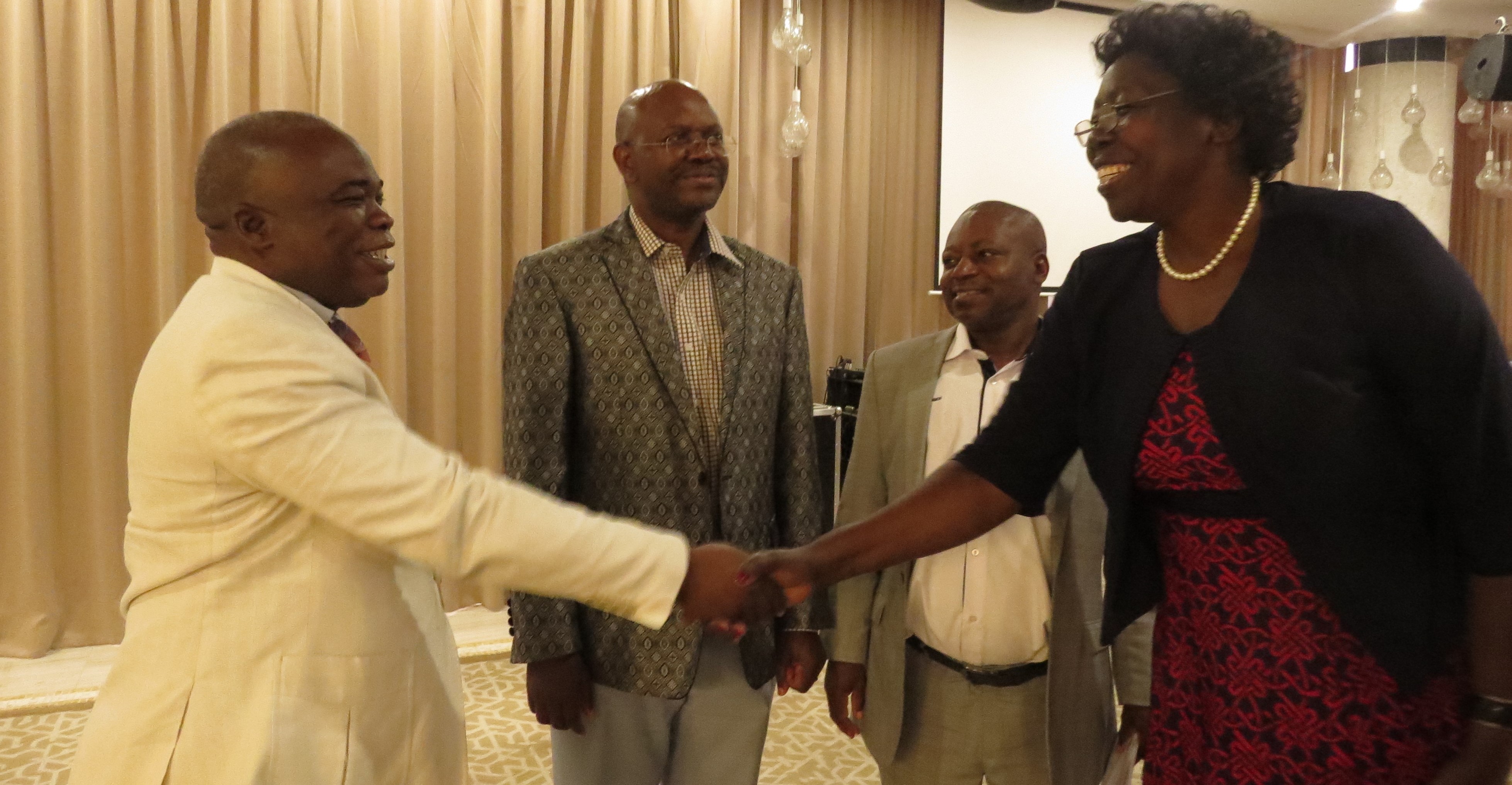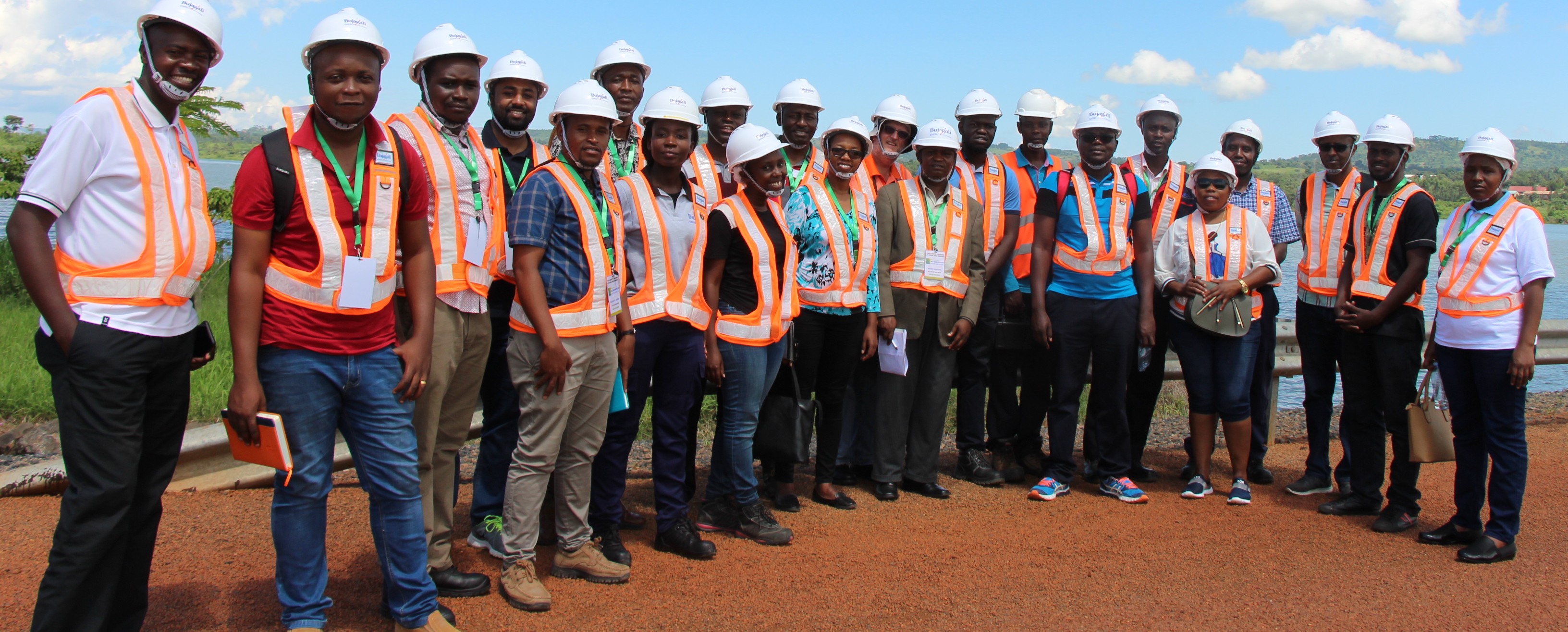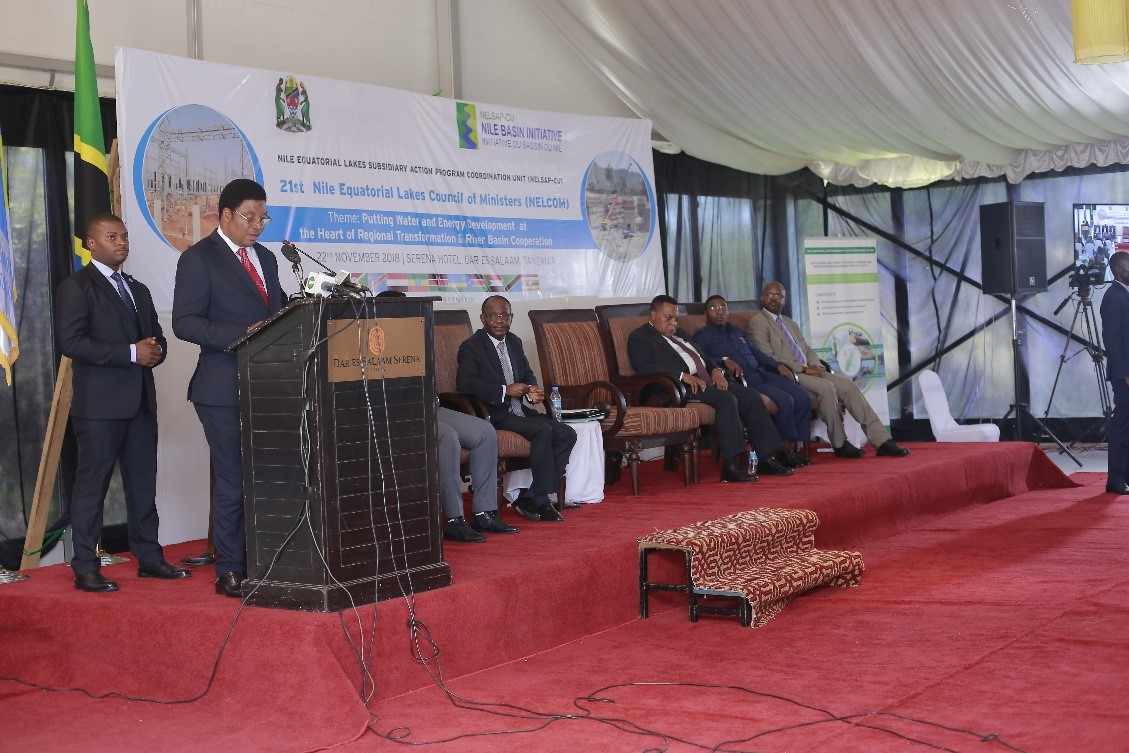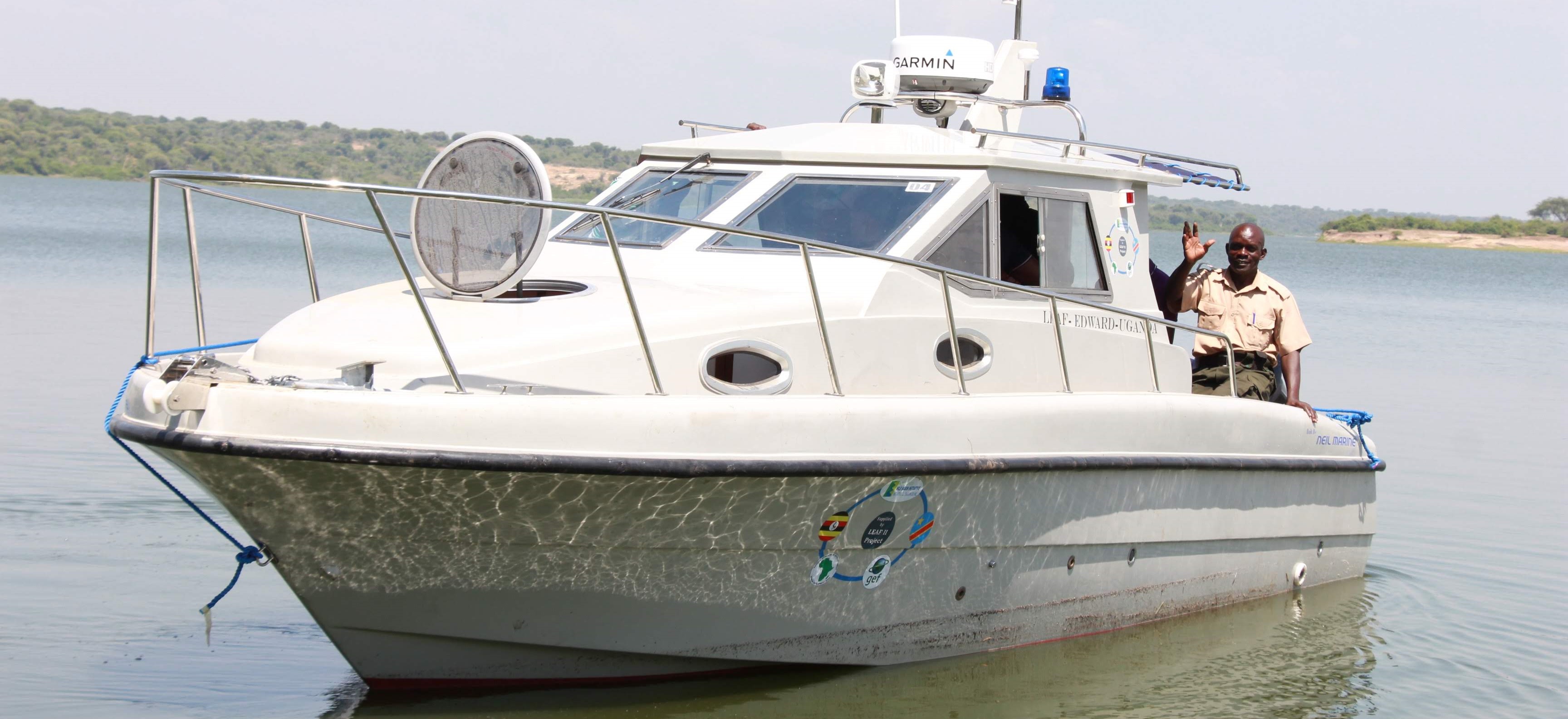According to full feasibility studies on the Transboundary Angololo Water Resources Development Project, that was concluded in November 2022 by NELSAP-CU, in economic terms, this multipurpose project between Kenya and Uganda is viable and will give an Economic Internal Rate of Return (EIRR) of over 14%.
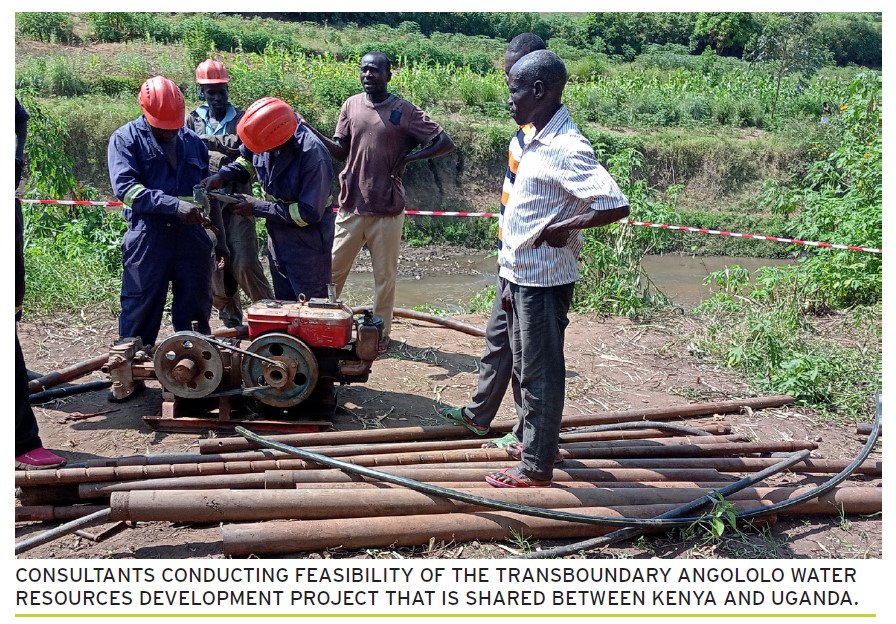 “The 14% EIRR is higher than what is required for investments in both Kenya and Uganda. For a project to be considered viable in Kenya, its EIRR value must be higher than 11.5% while for Uganda it must be higher than 11%,” said Eng. Dr. Isaac Alukwe, the NELSAP-CU Regional Coordinator ahead of publication of the findings. EIRR measures the additional economic benefits expected from a proposed investment by quantifying the financial and non-financial benefits as well as its expected
“The 14% EIRR is higher than what is required for investments in both Kenya and Uganda. For a project to be considered viable in Kenya, its EIRR value must be higher than 11.5% while for Uganda it must be higher than 11%,” said Eng. Dr. Isaac Alukwe, the NELSAP-CU Regional Coordinator ahead of publication of the findings. EIRR measures the additional economic benefits expected from a proposed investment by quantifying the financial and non-financial benefits as well as its expected
social impact.
The Angololo feasibility studies included detailed designs, tender documents preparation, environmental social impact assessment (ESIA), and resettlement action plan (RAP) studies. Economic analysis of the project’s Net Present Value (NPV), which details how much a project is worth throughout its lifetime, shows that the Angololo project will have an additional value of USD 24.89 million for Uganda and 19.52 million for Kenya, in addition to the expected human benefits of water, food, and energy. Main components of the Angololo project include a 40 metres high dam with a reservoir capacity of 31.6 million cubic metre to supply water to 270,000 people, irrigattion of around 4,000Ha and 1.3MW hydropower that will be boosted by floating solar system, together with catchment management of 447km2.
Available Water, Compared to Maximum Water Demand
The environmental social impact assessment (ESIA) report also noted that the project will have minimum negative environmental impacts. River Malaba has 209.4 million cubic metres (MCM) of water per year. The Irrigation component of the project will use 39.2 million cubic metres per year (MCM/YR), water supply component will use 1.7 MCM/YR while livestock will need 0.2MCM/YR. 95MCM/YR will be left for minimum Environmental Flow (E-flow). E-Flow refers to unutilized water within a river, wetland, or coastal zone that is left aside to maintain natural ecosystems and provide benefits to local people upstream and downstream. The 209.4MCM annual available water projection for River Malaba, factors in both climate change and population growth until the year 2050.
Full feasibility studies of the Angololo project begun on 15th July 2020 and were completed after 28 months of research work, on November 15, 2022. The study was carried out by NELSAP-CU through USD 1.5 million funding from the African Development Bank (AfDB) NEPAD-IPPF, with the countries contributing USD 0.15 million. The project is situated on River Malaba, in Kamachar village, Busia County on the Kenya side and Osimit village in Tororo District on the Ugandan side. The direct beneficiaries of the project are the people of Bungoma and Busia Counties of Kenya and Tororo, Manafwa, and Namisindwa Districts of Uganda.
Socio-Economic Characteristics of the Project Area
According to the study findings, 70% of community members in the project catchment area derive their livelihoods from rainfed subsistence farming. Only 6% are connected to the national power grid with over 90% using firewood for cooking. Below 25% have access to clean water, which is below the national average for rural communities for both countries. The Angololo project aims to address the above challenges, in line with the aspirations of Kenya’s Vision 2030, which among others aims to increase irrigated land from 4% to 10% by 2030 and to Uganda’s Vision 2040 of having “a transformed Ugandan society from a peasant to a modern and prosperous country within 30 years.

